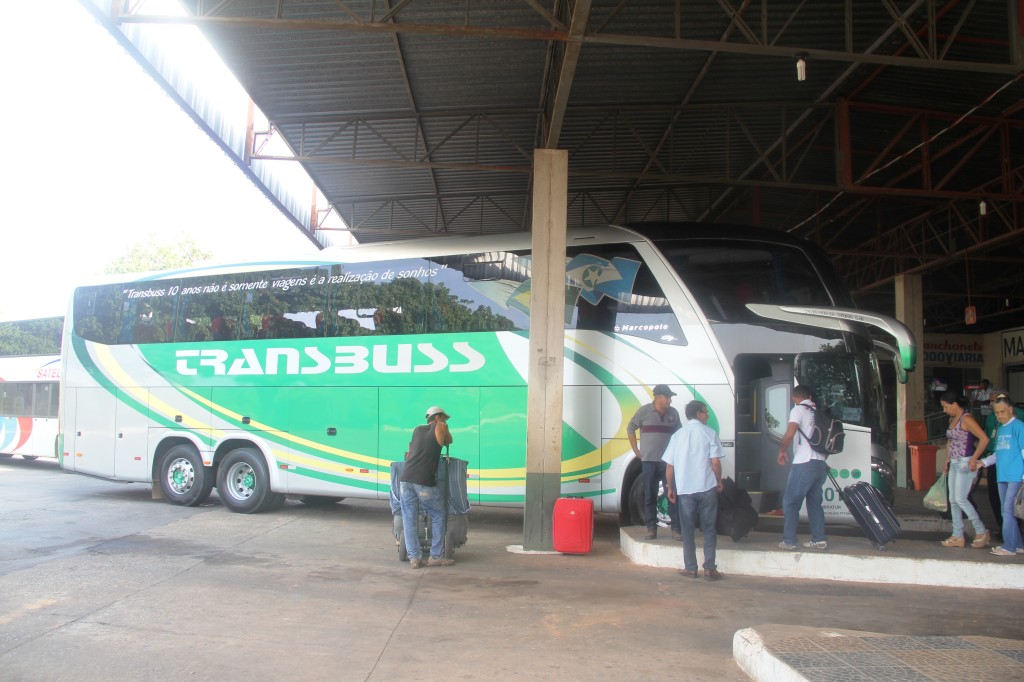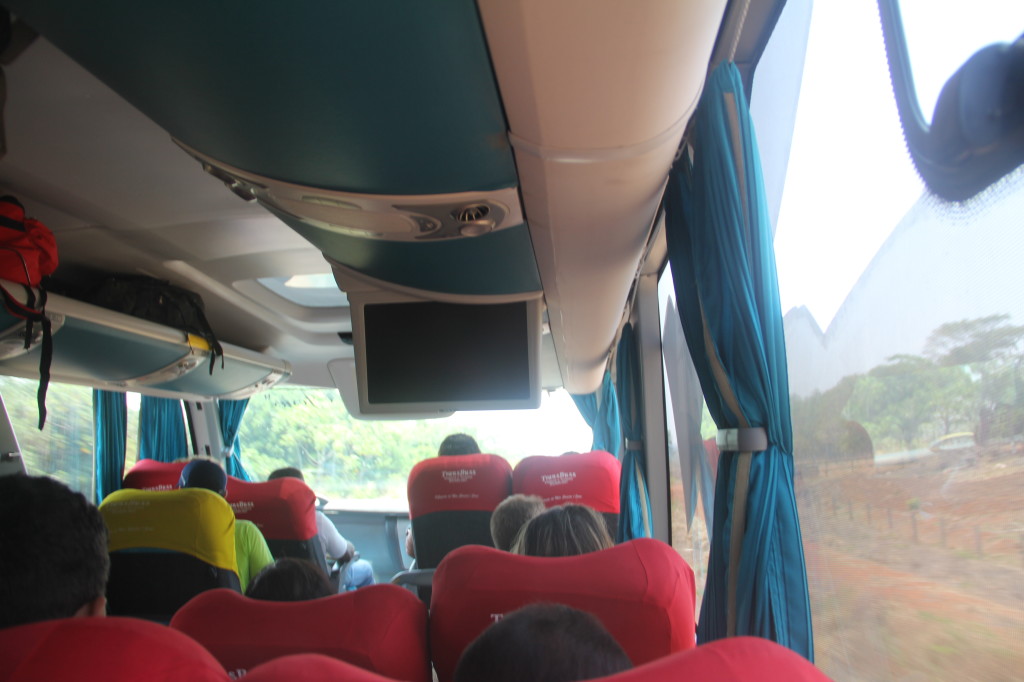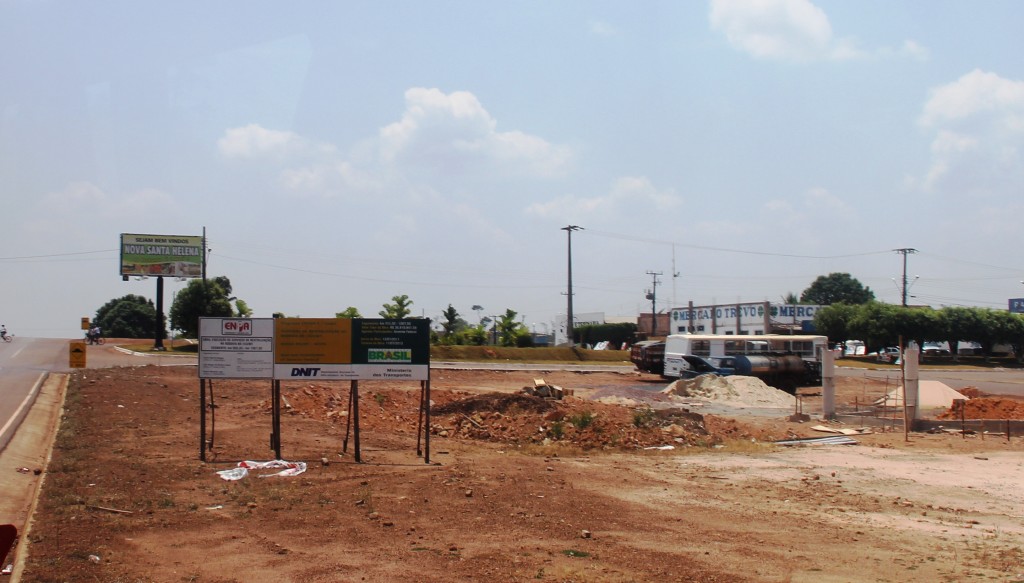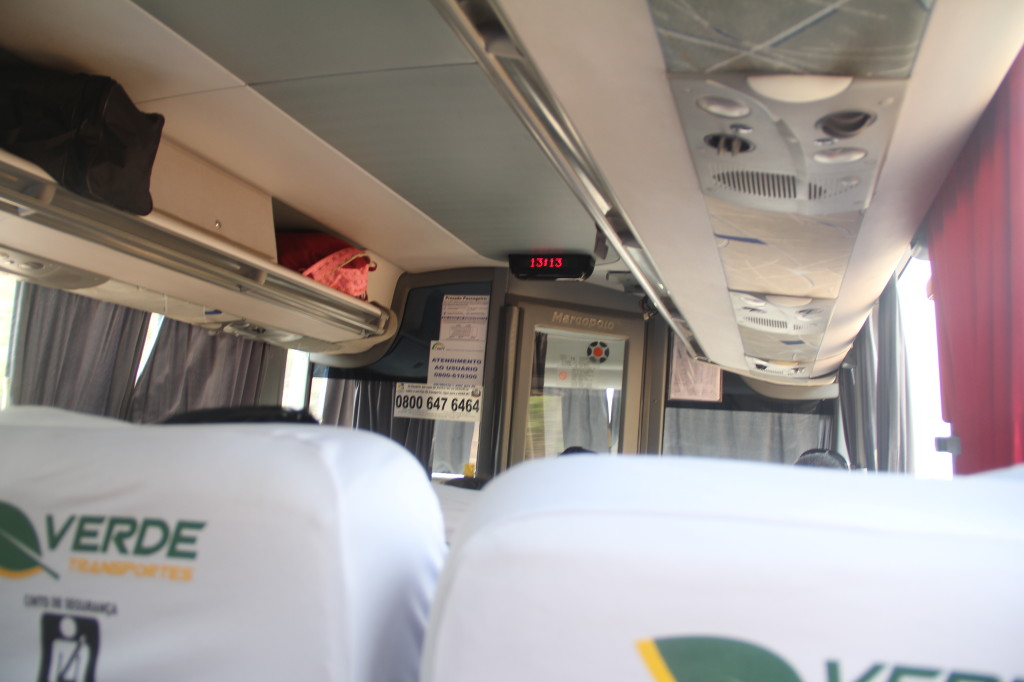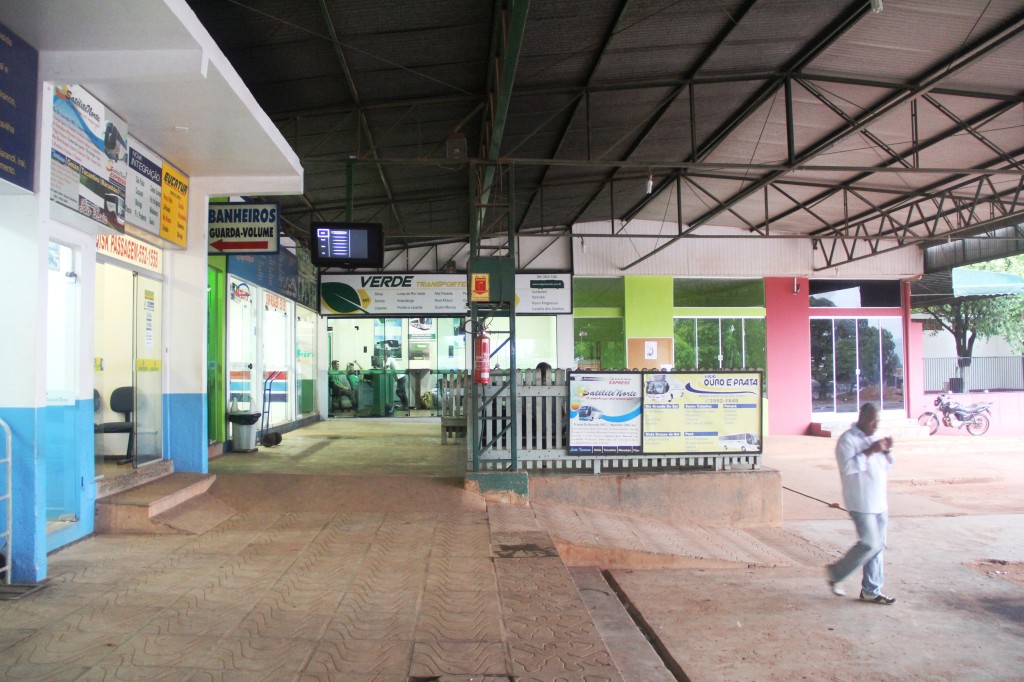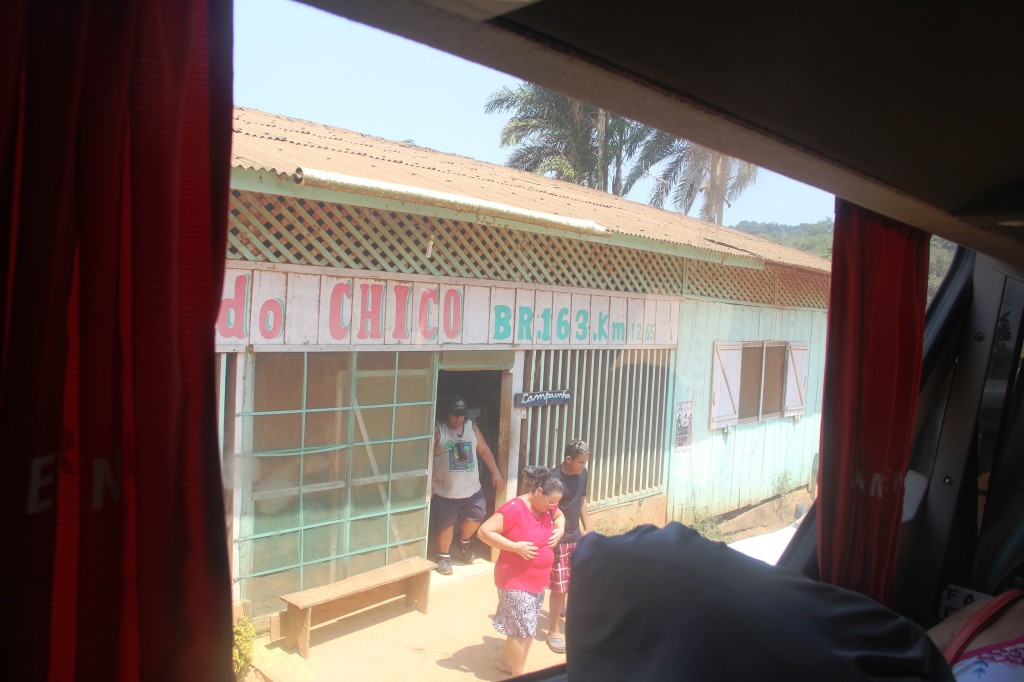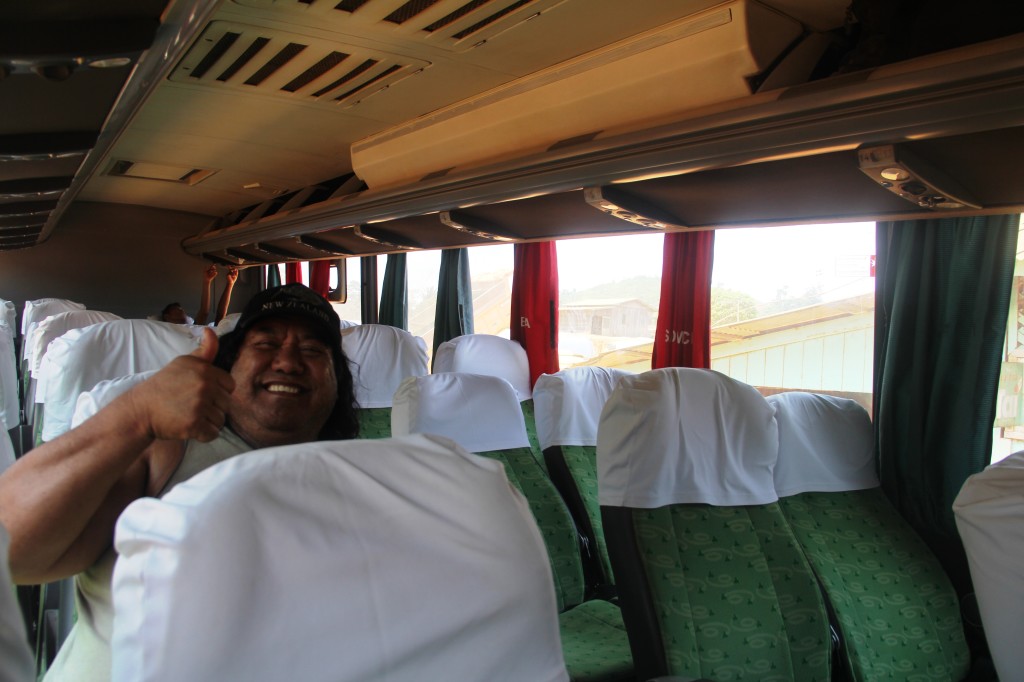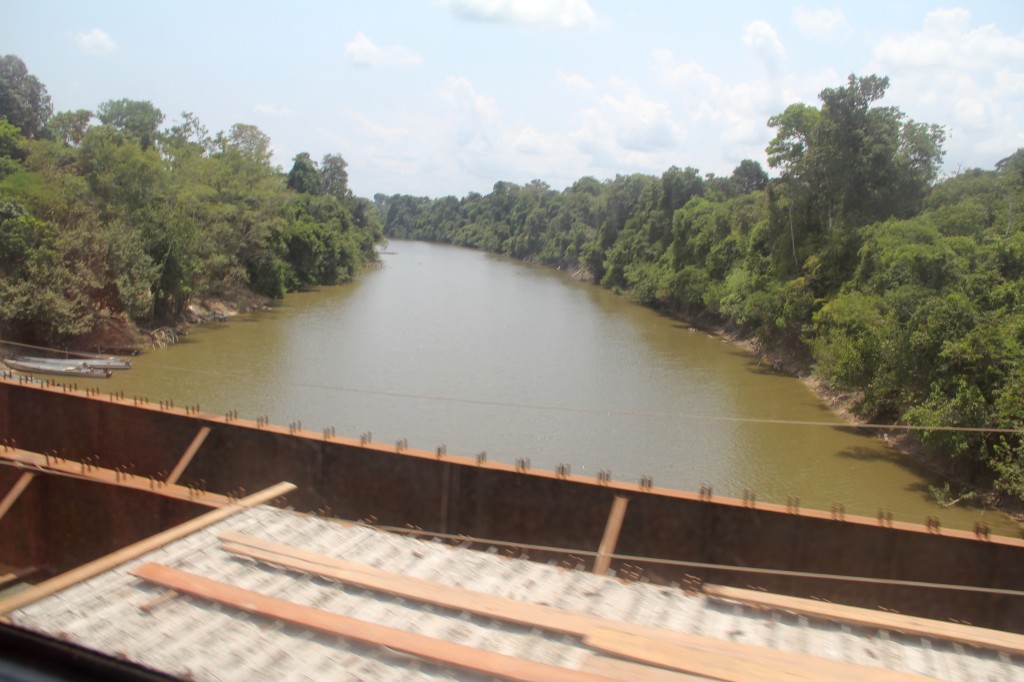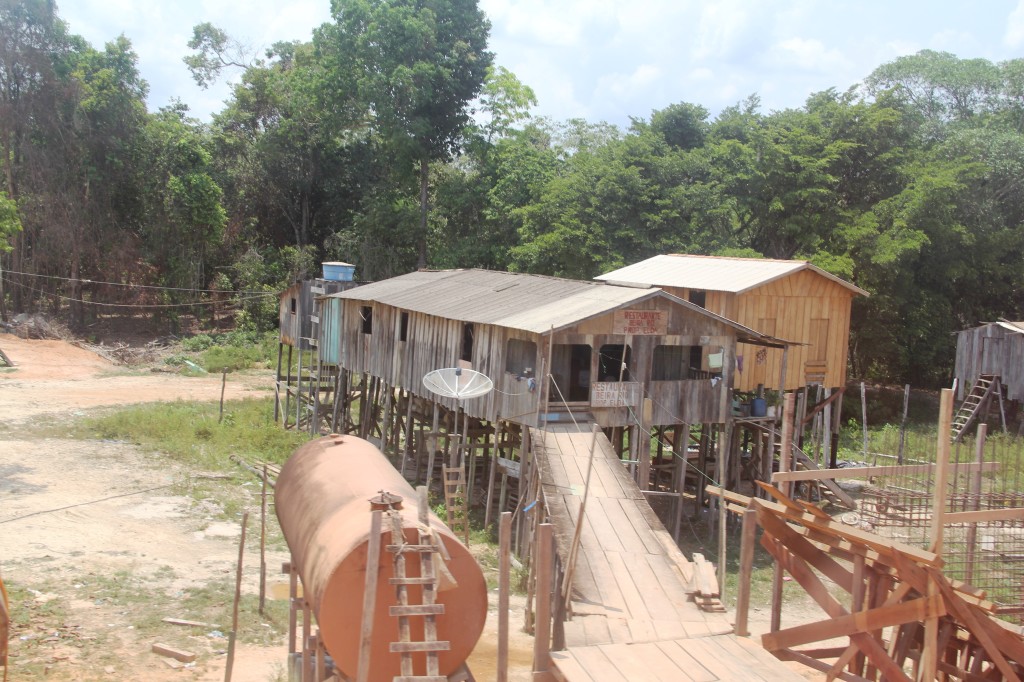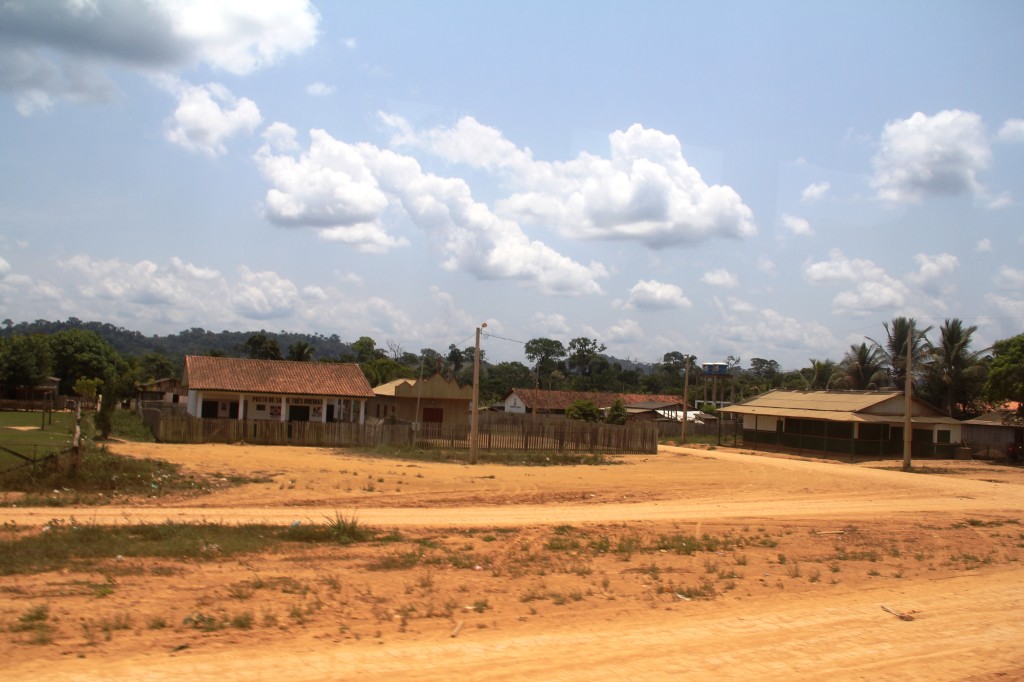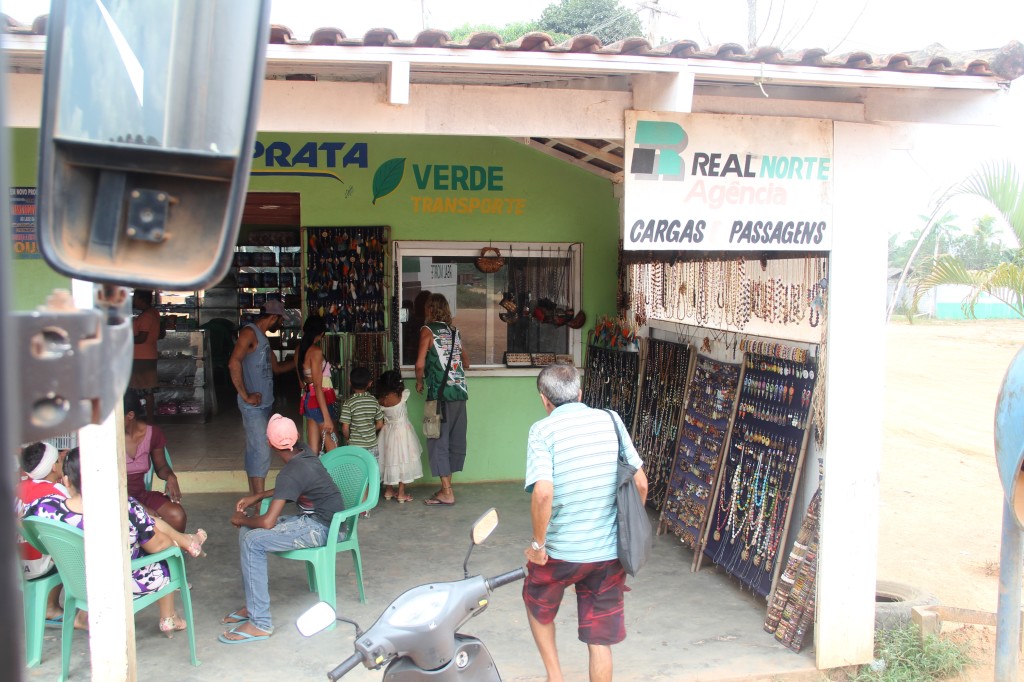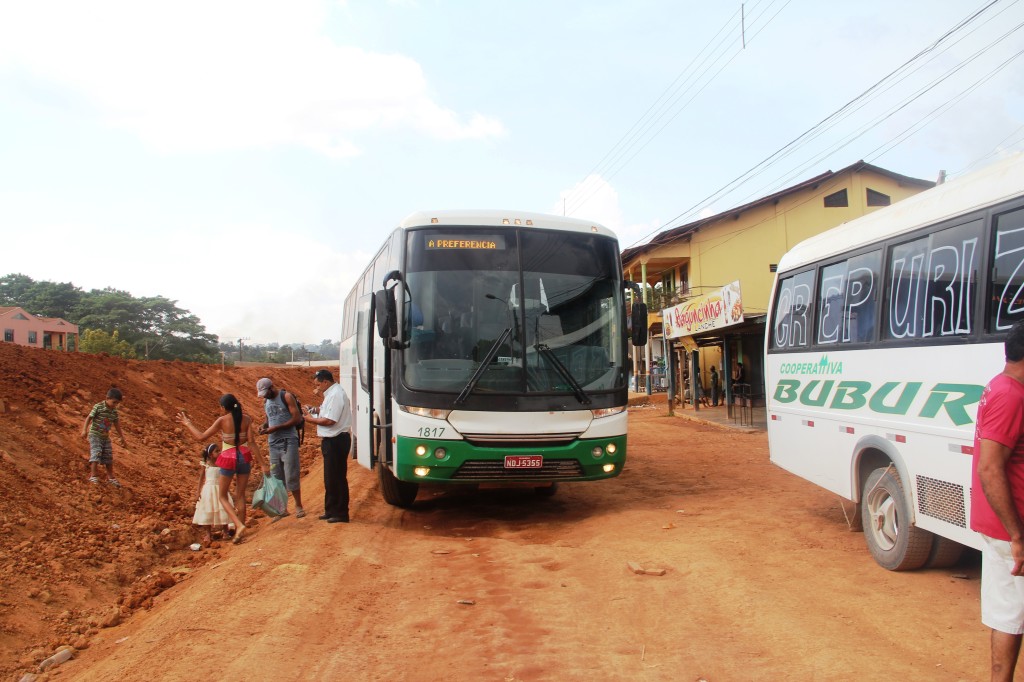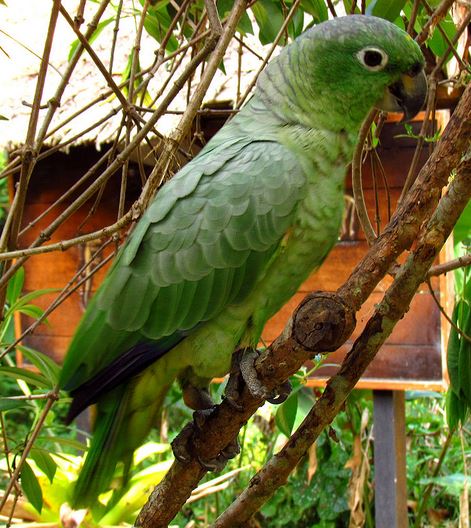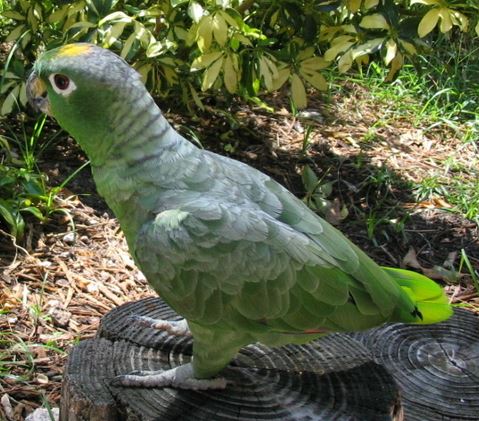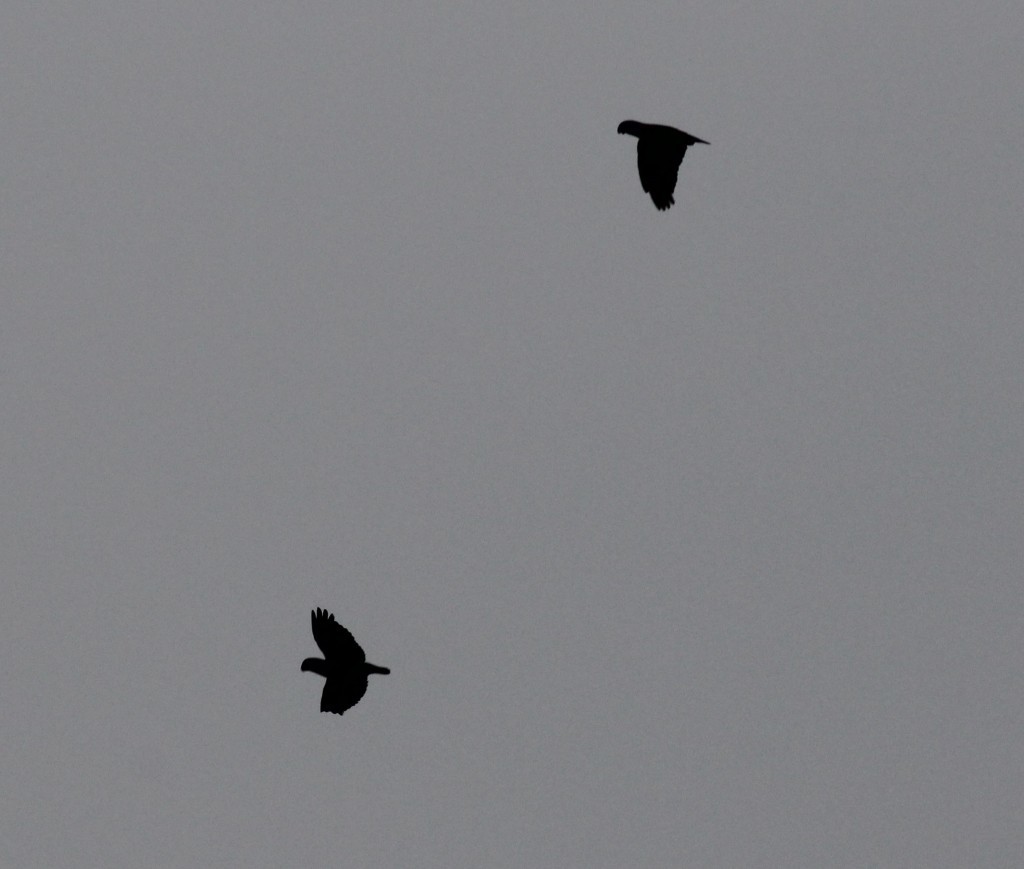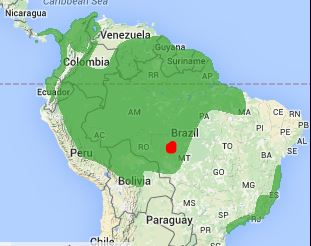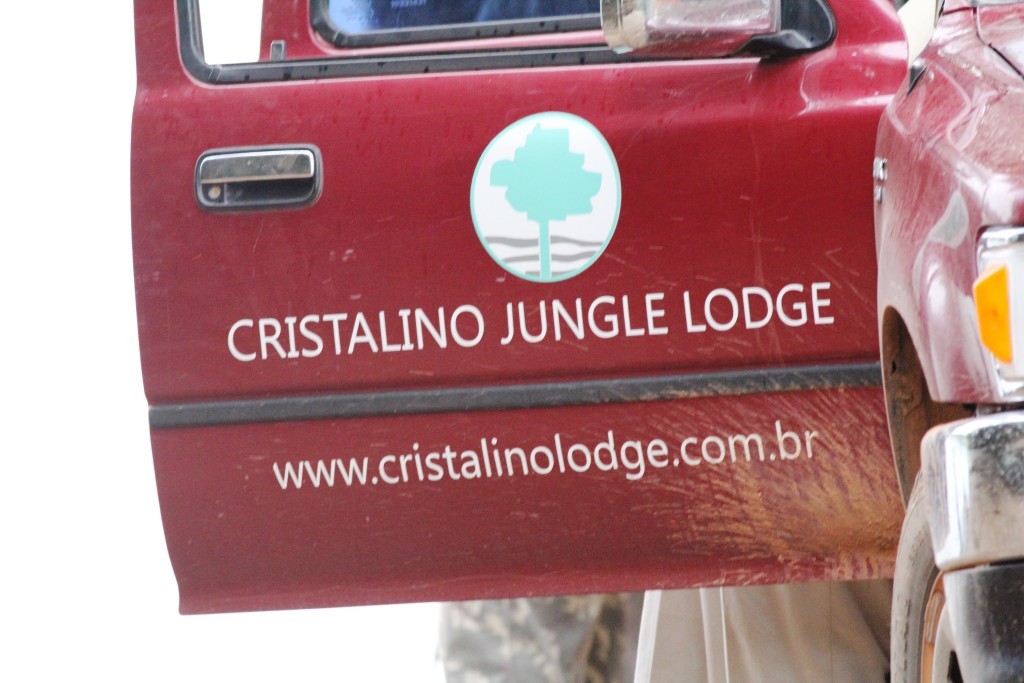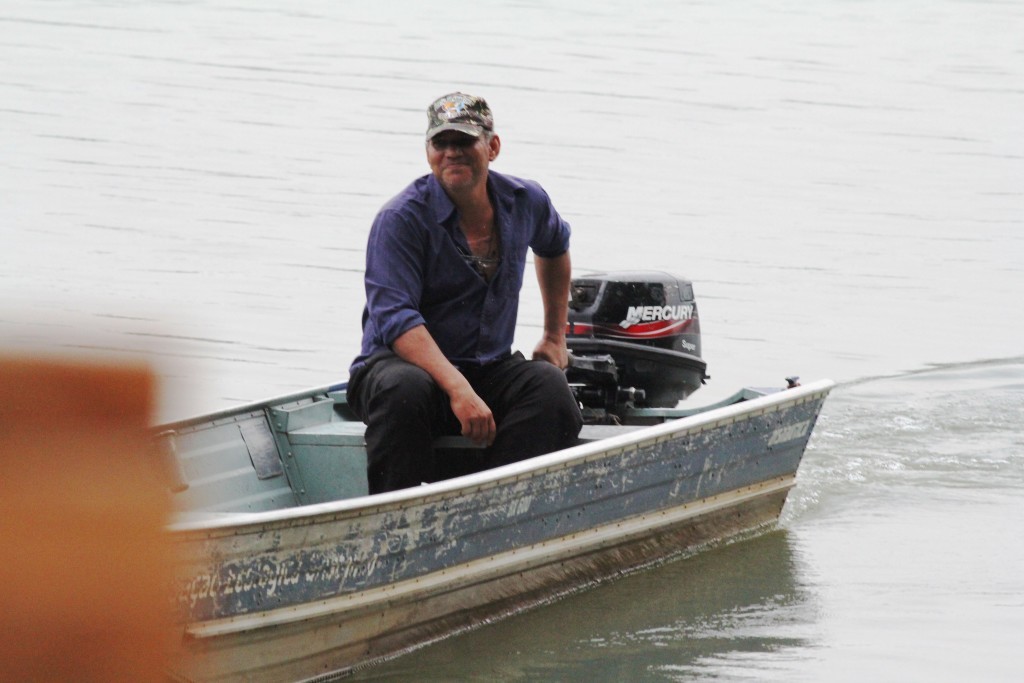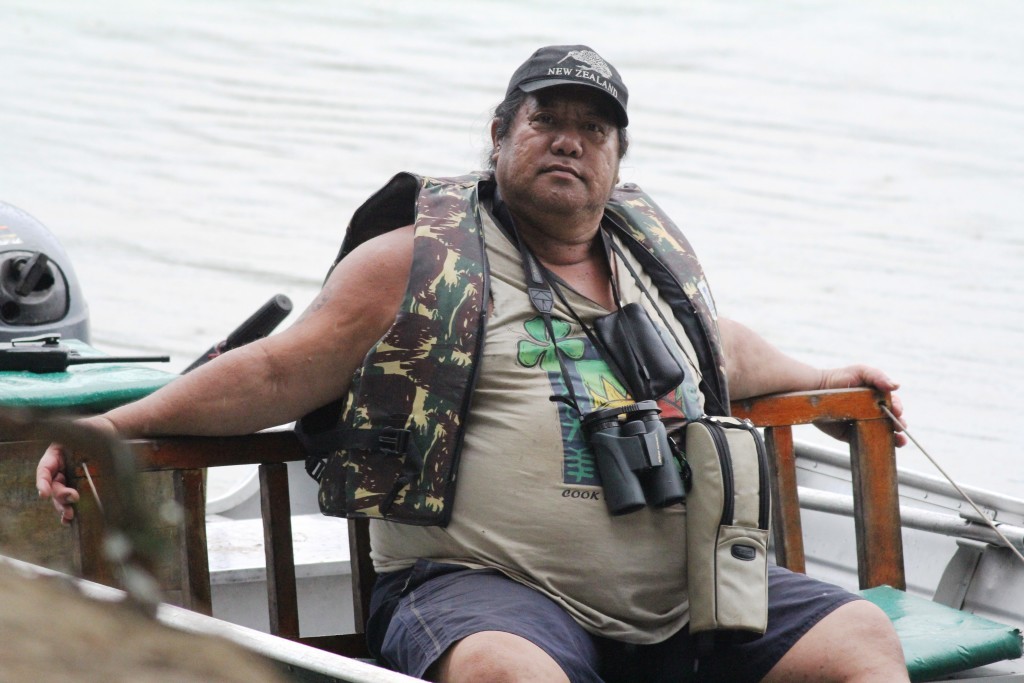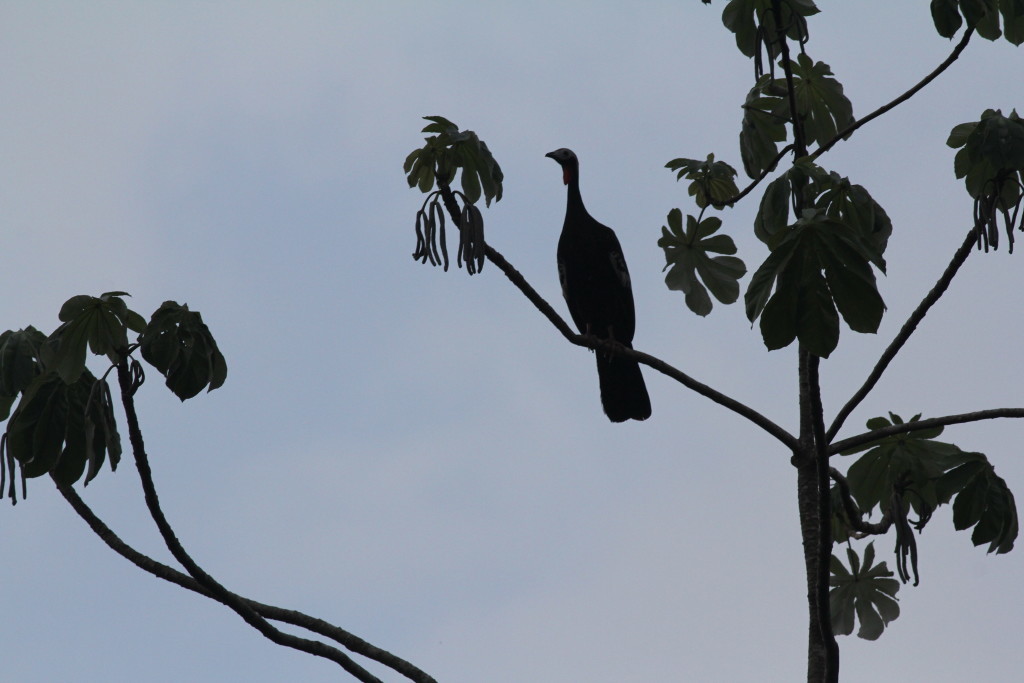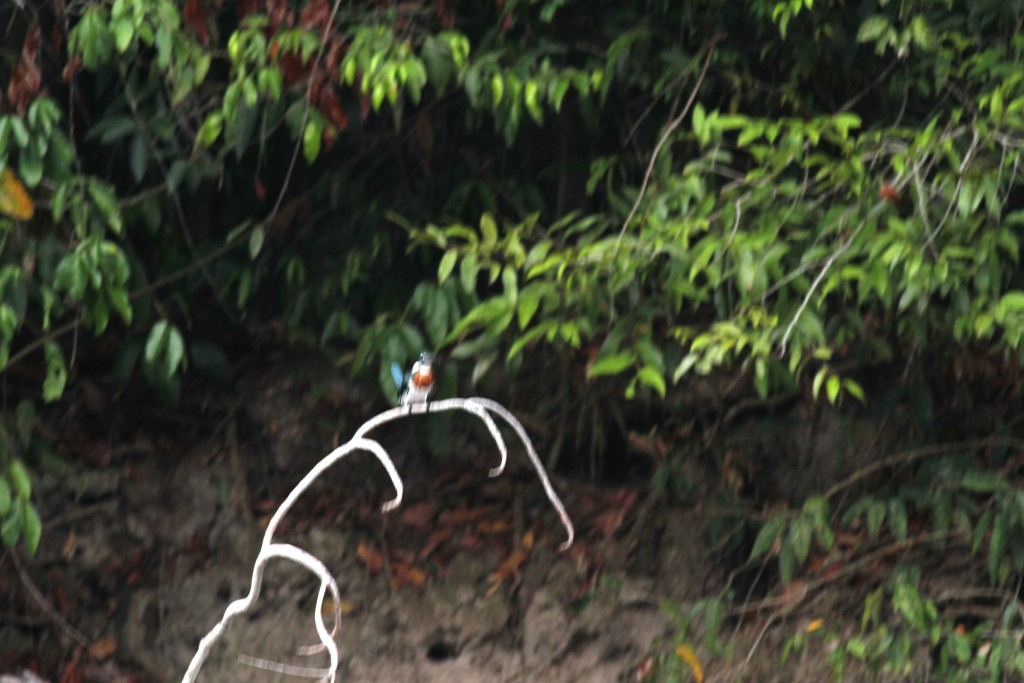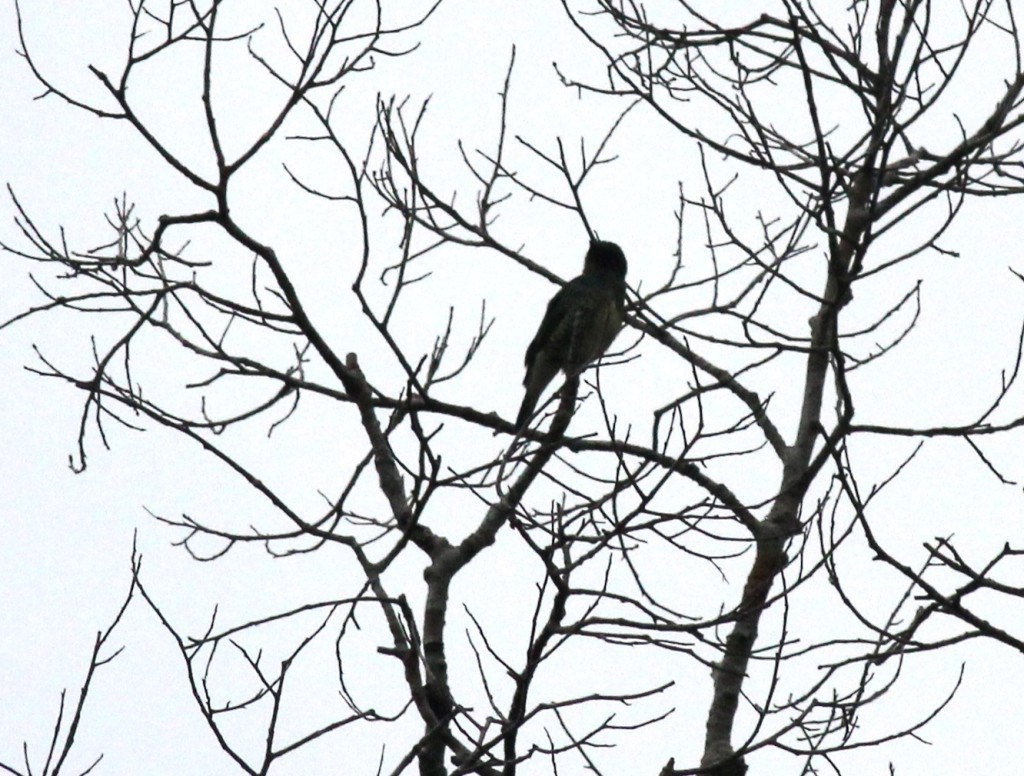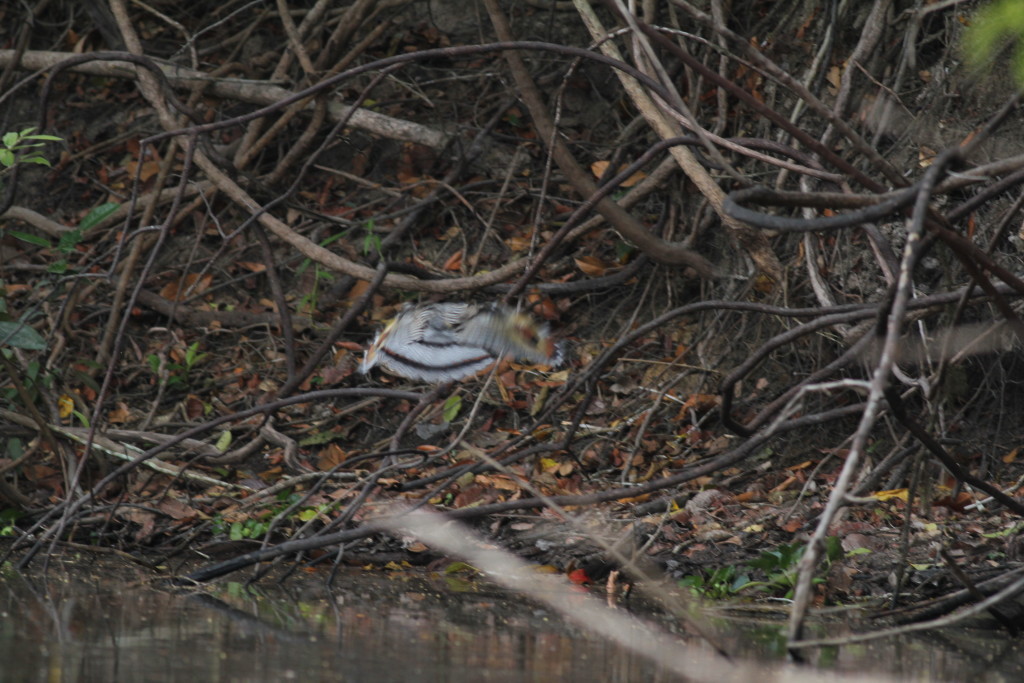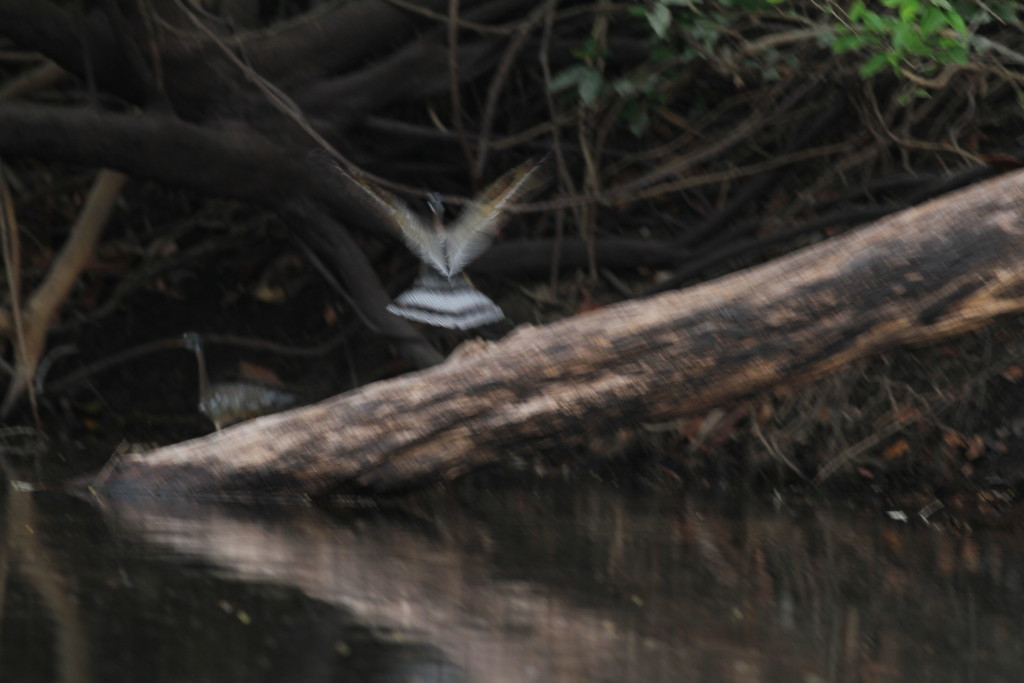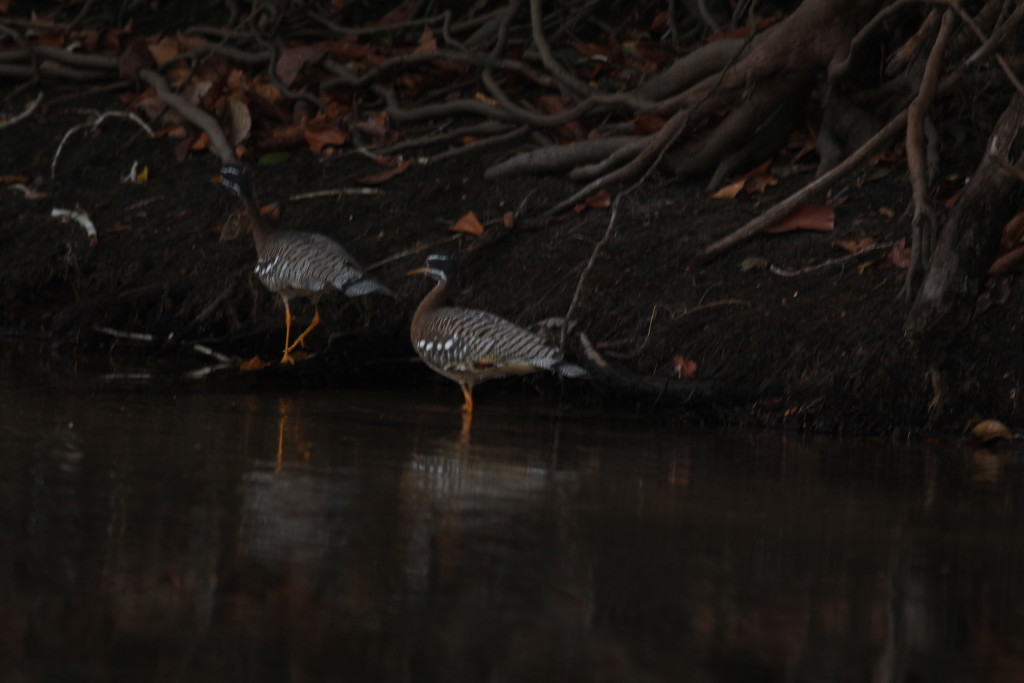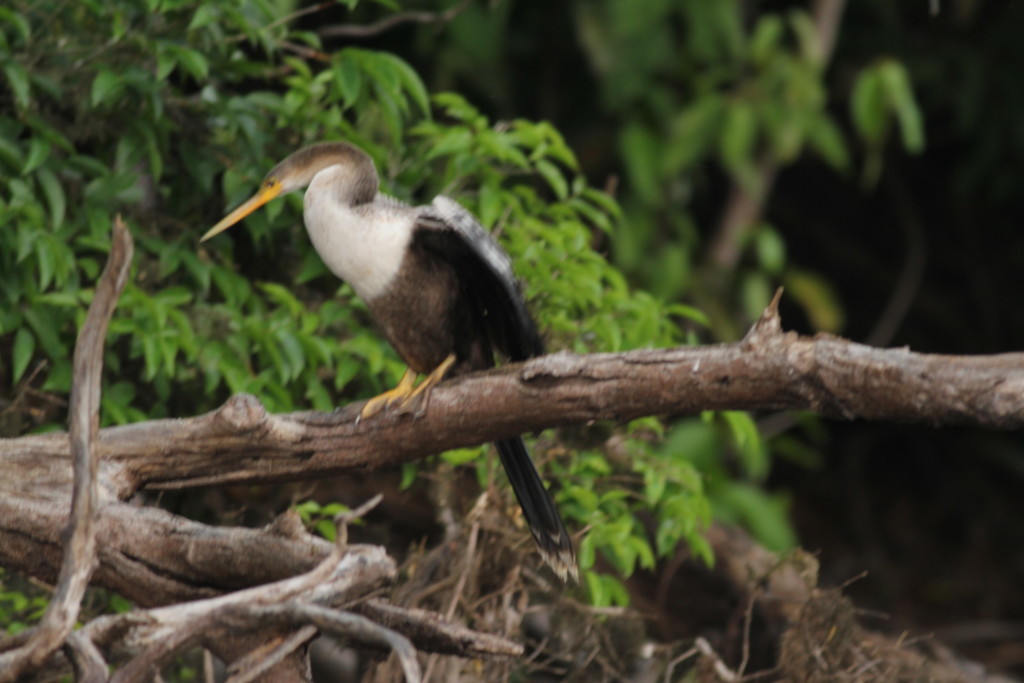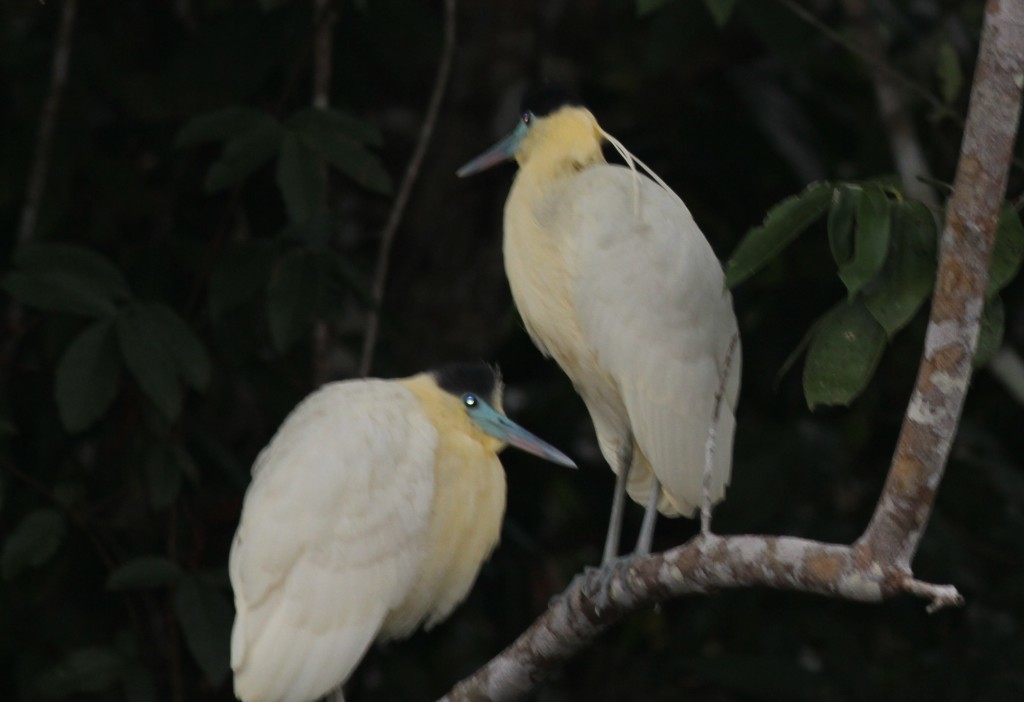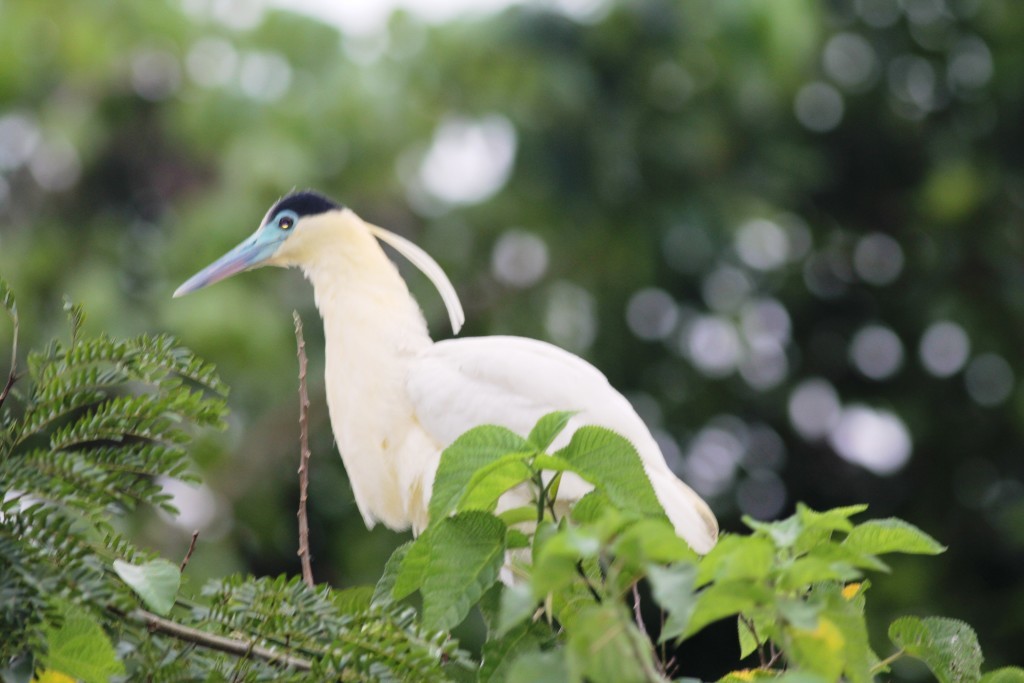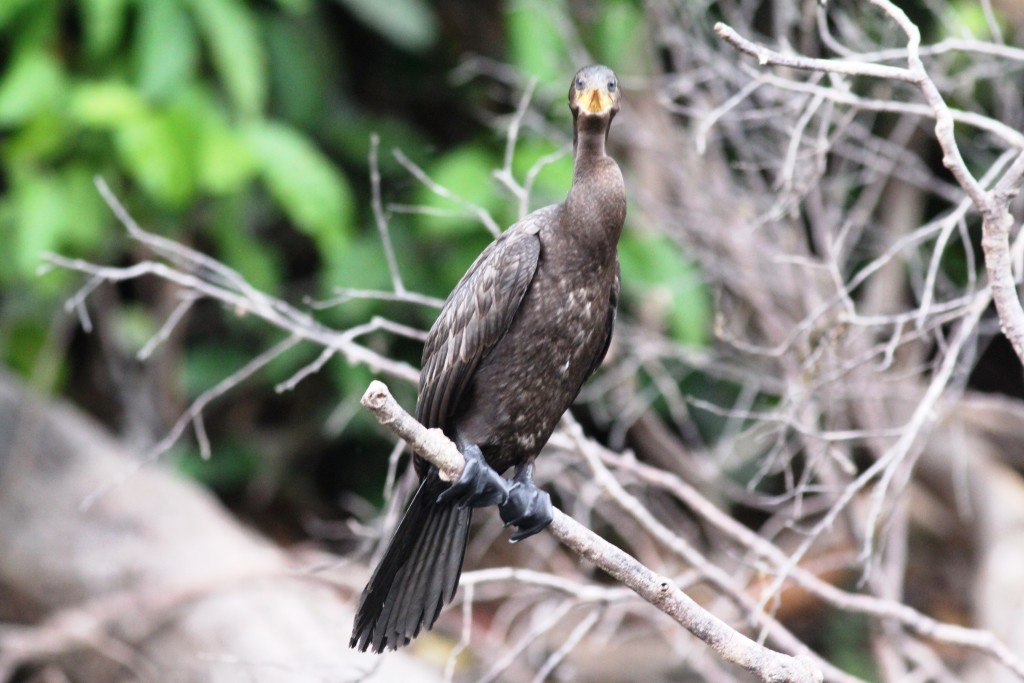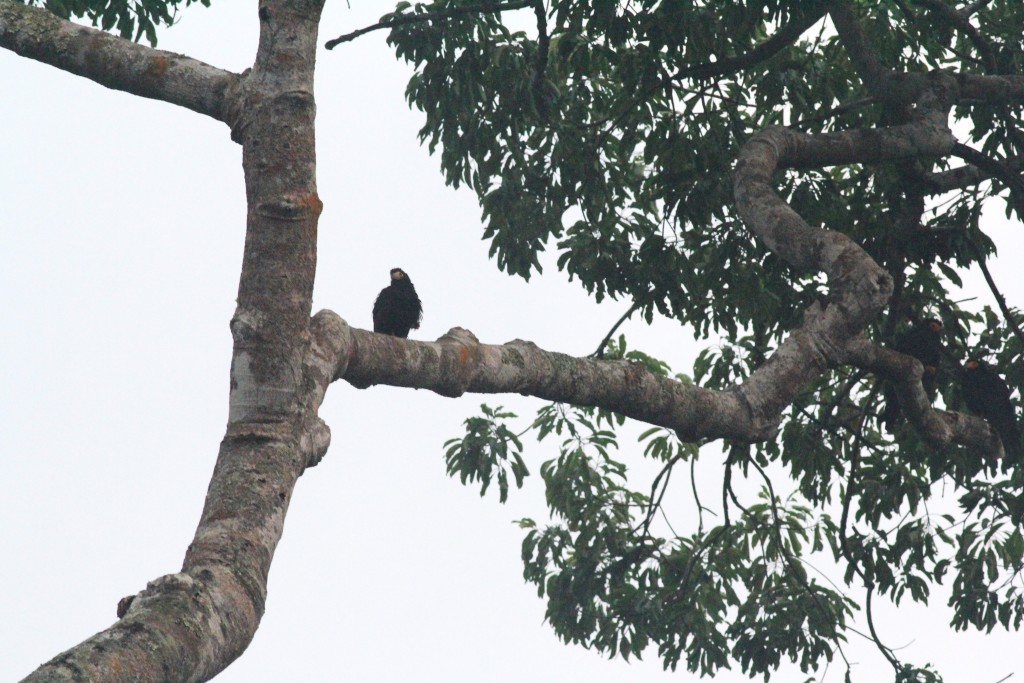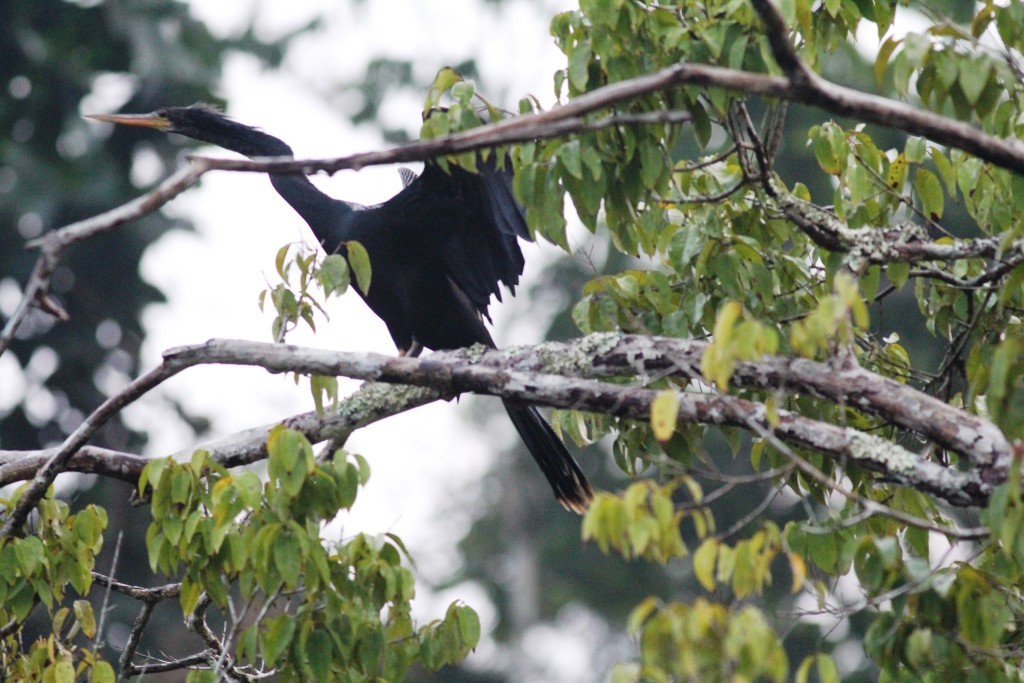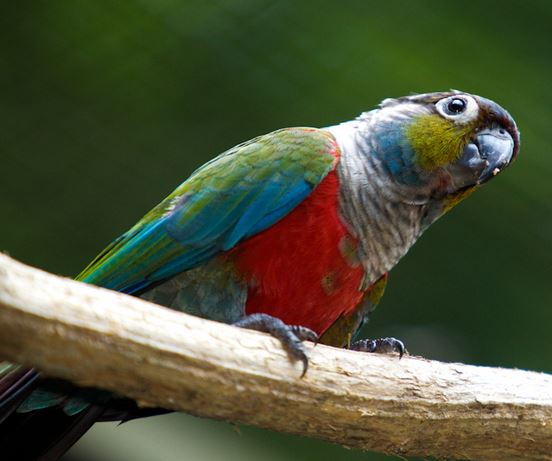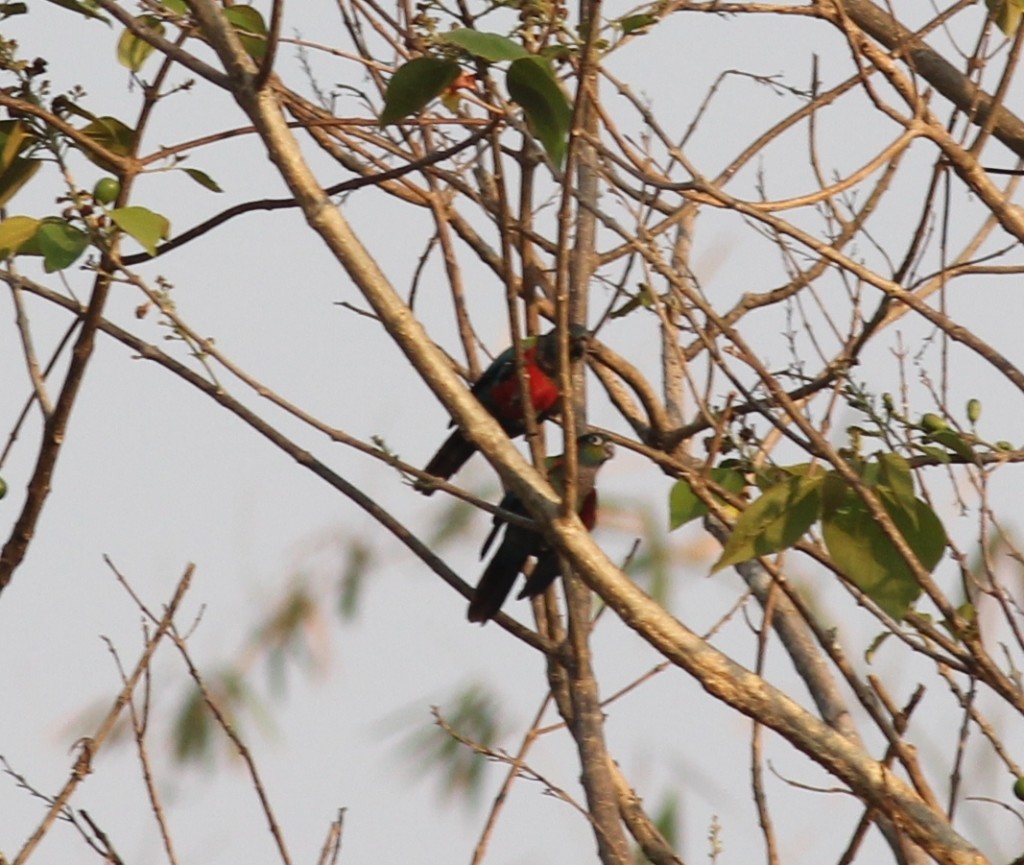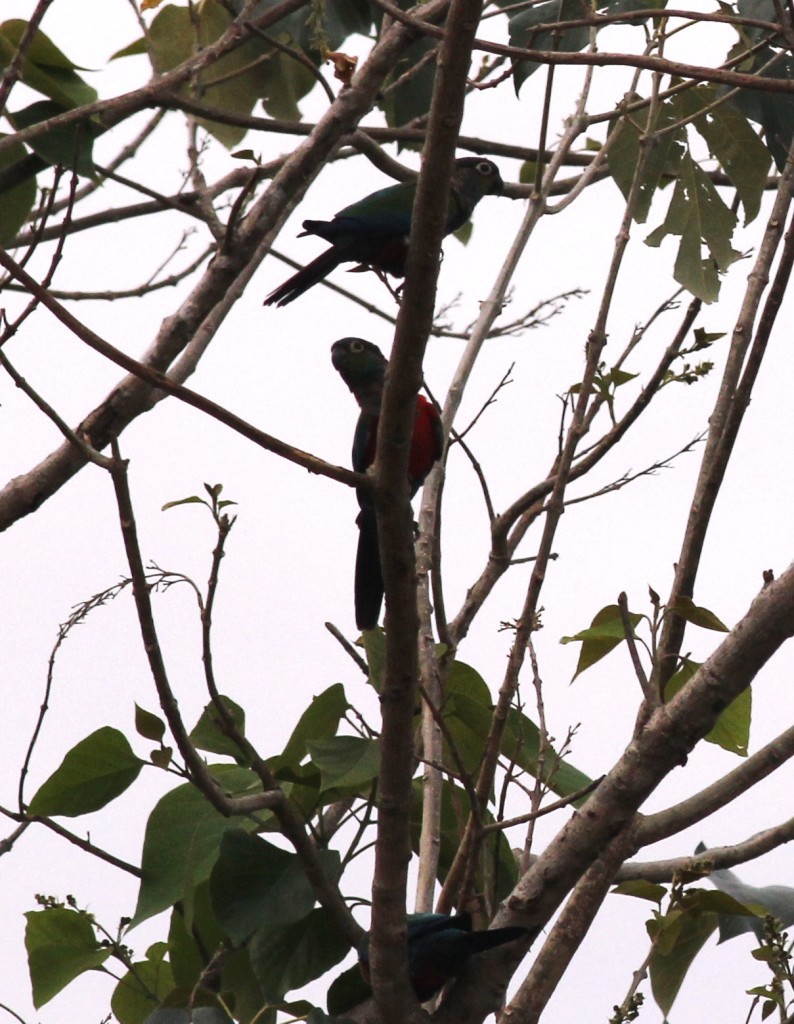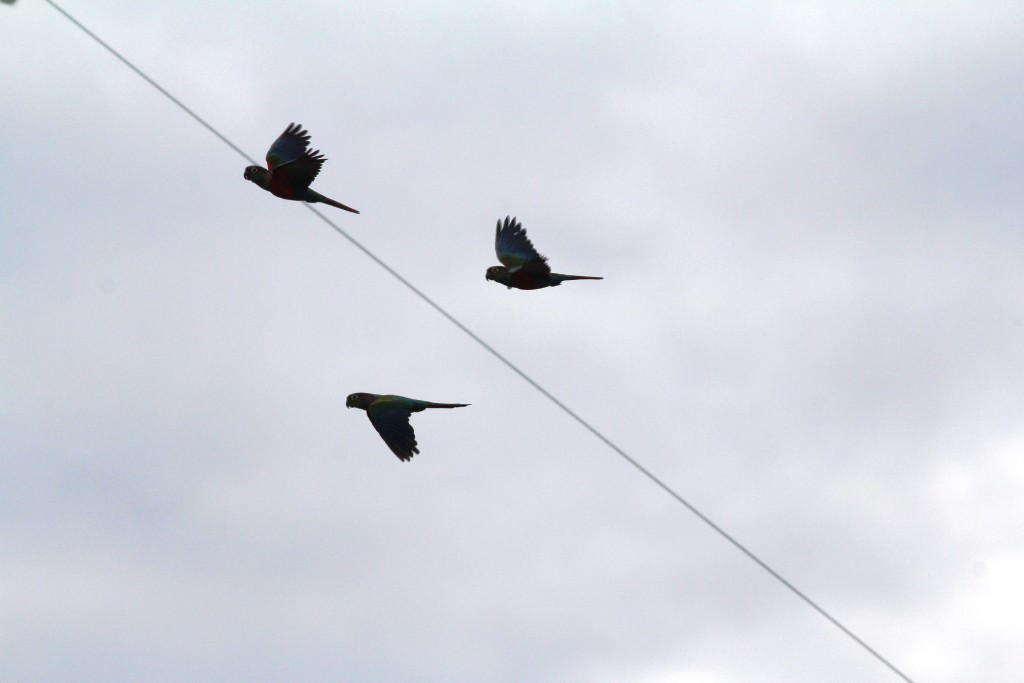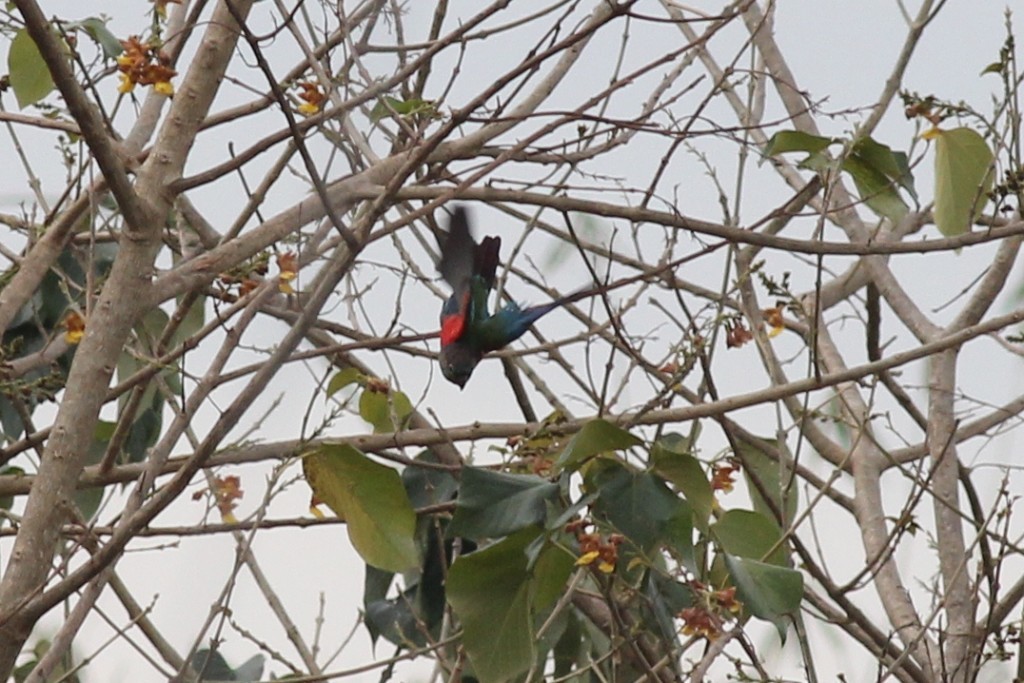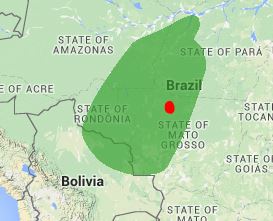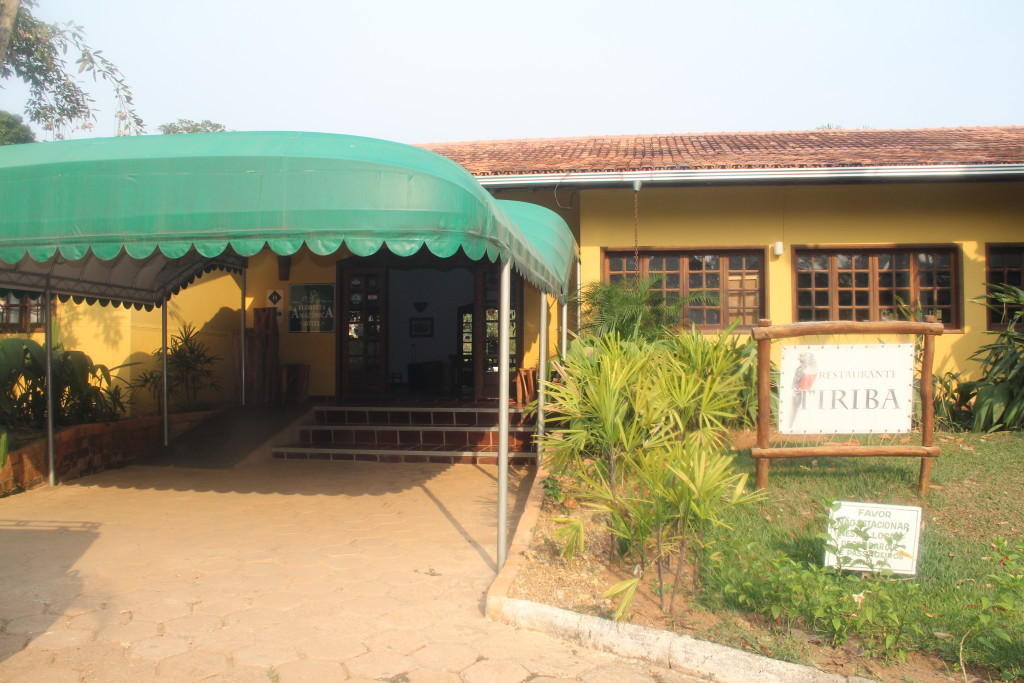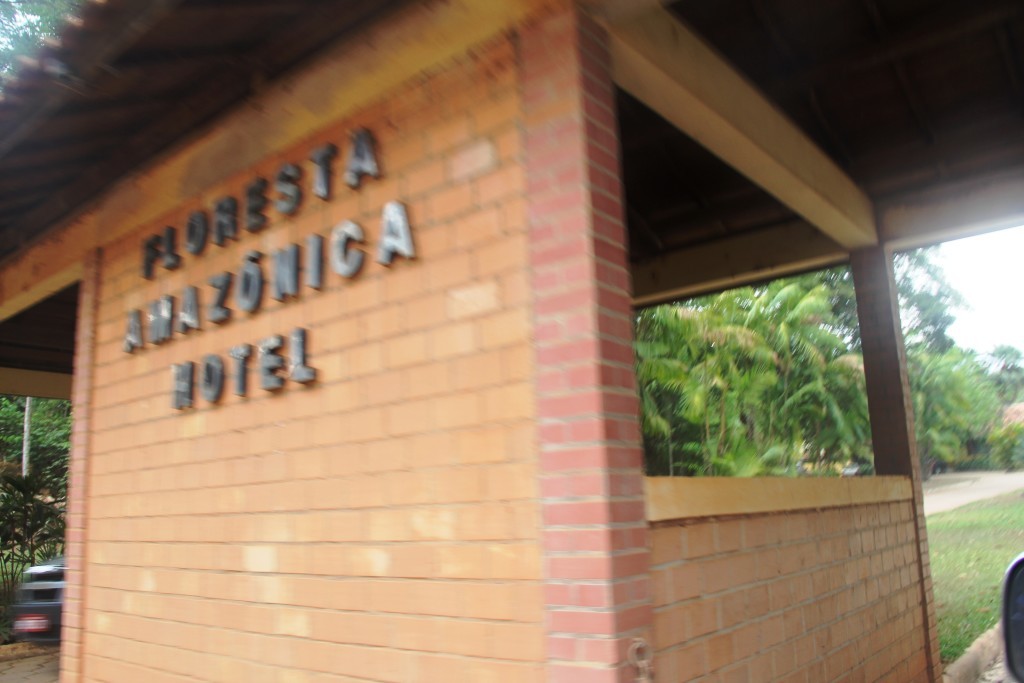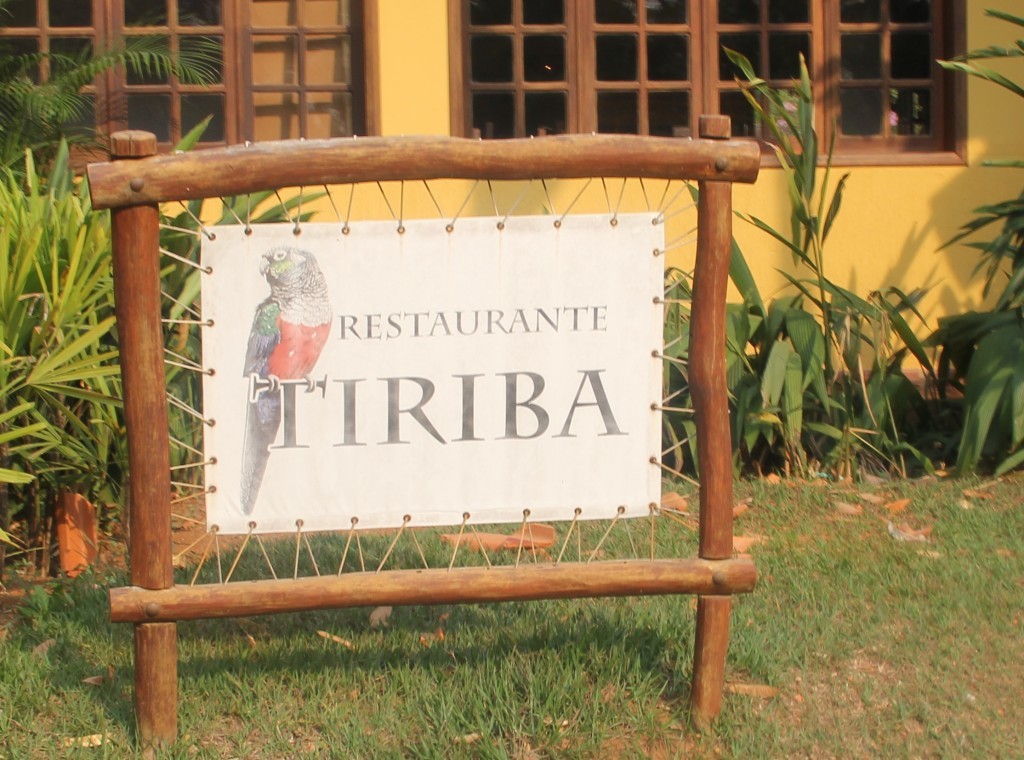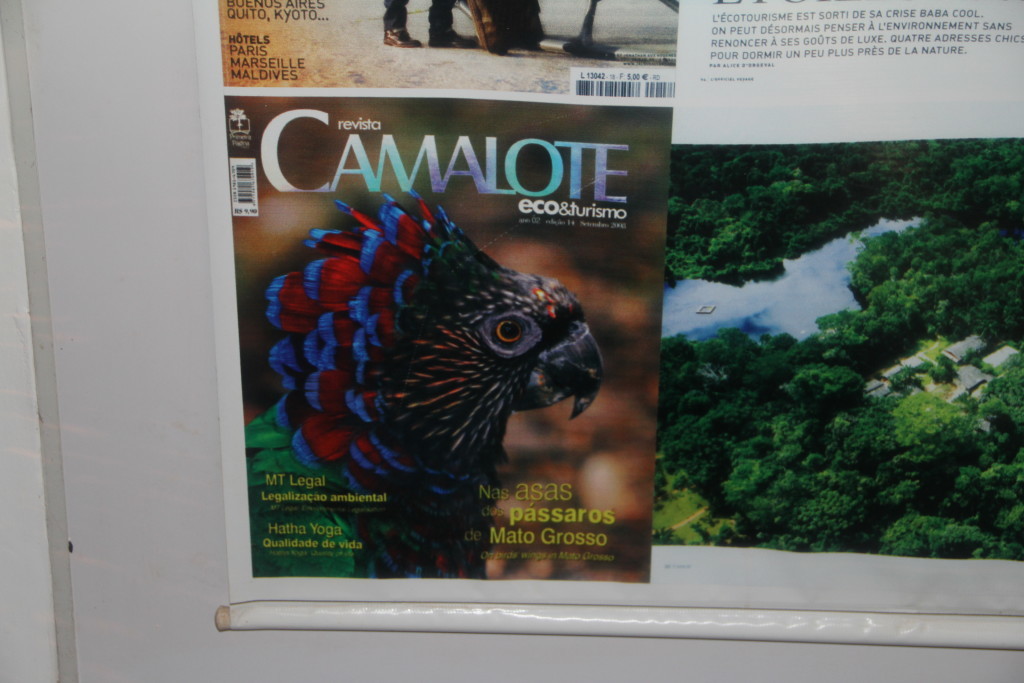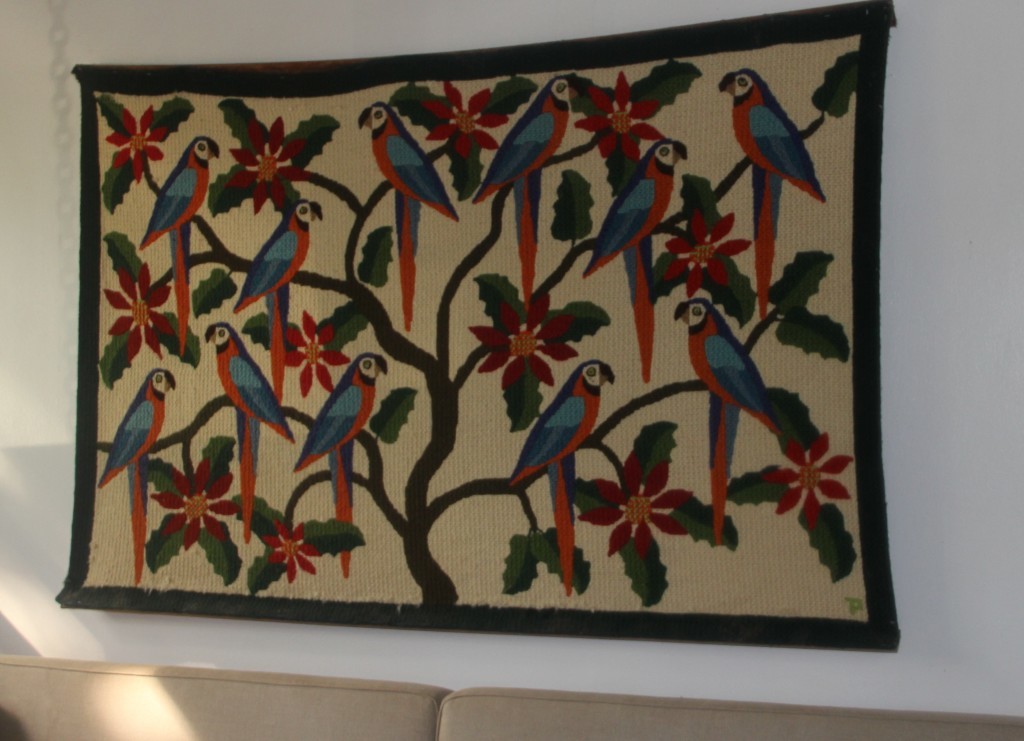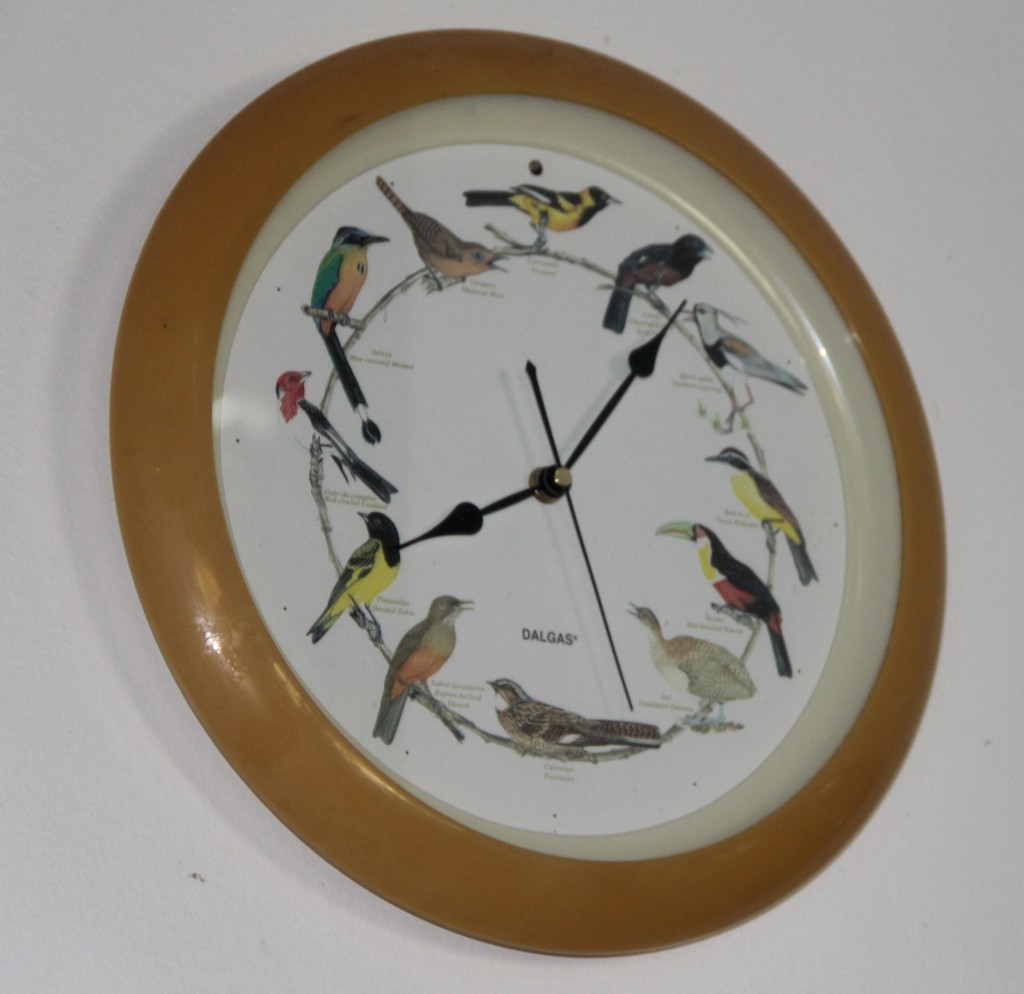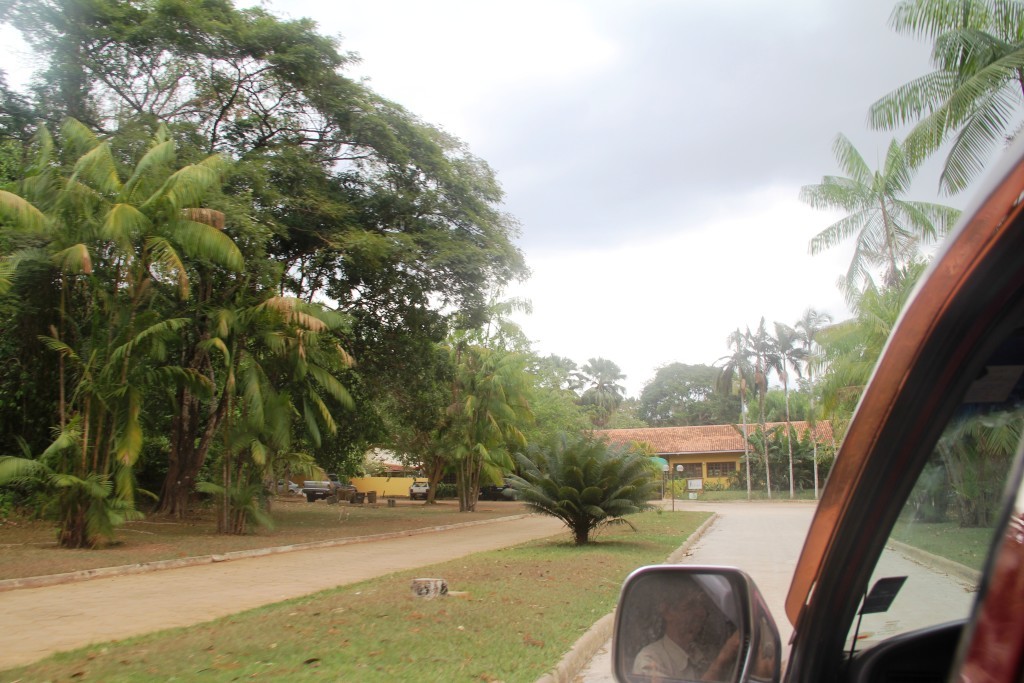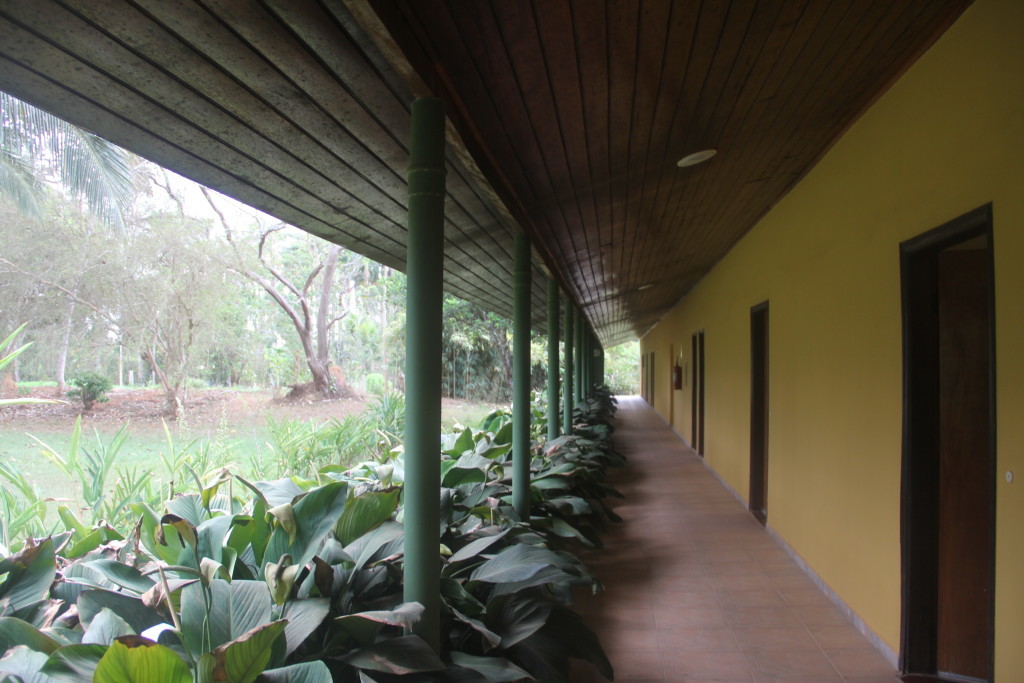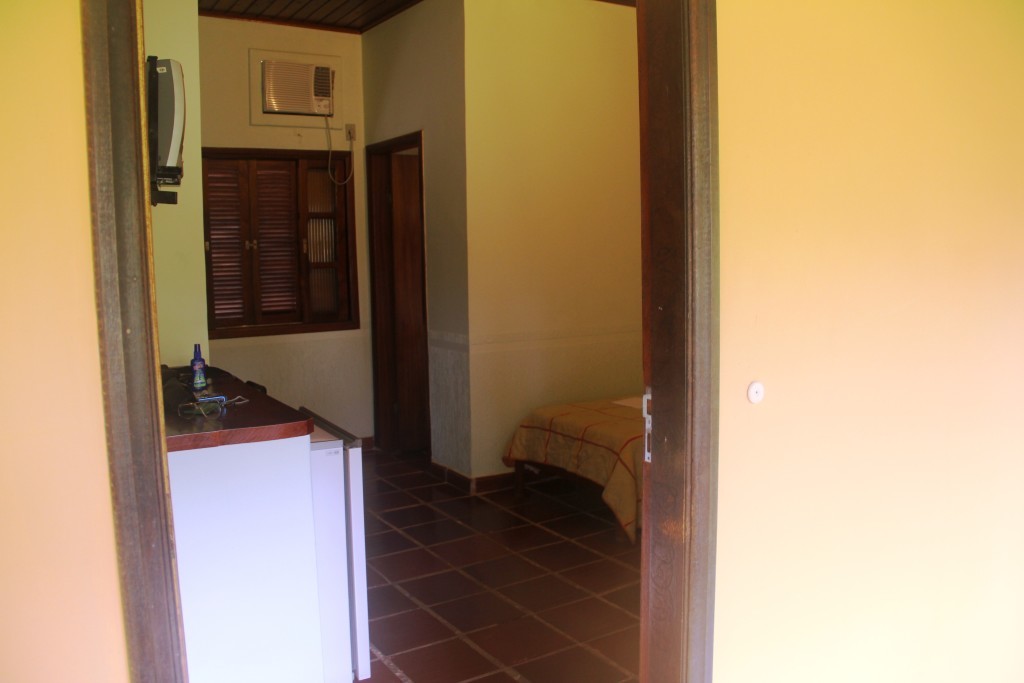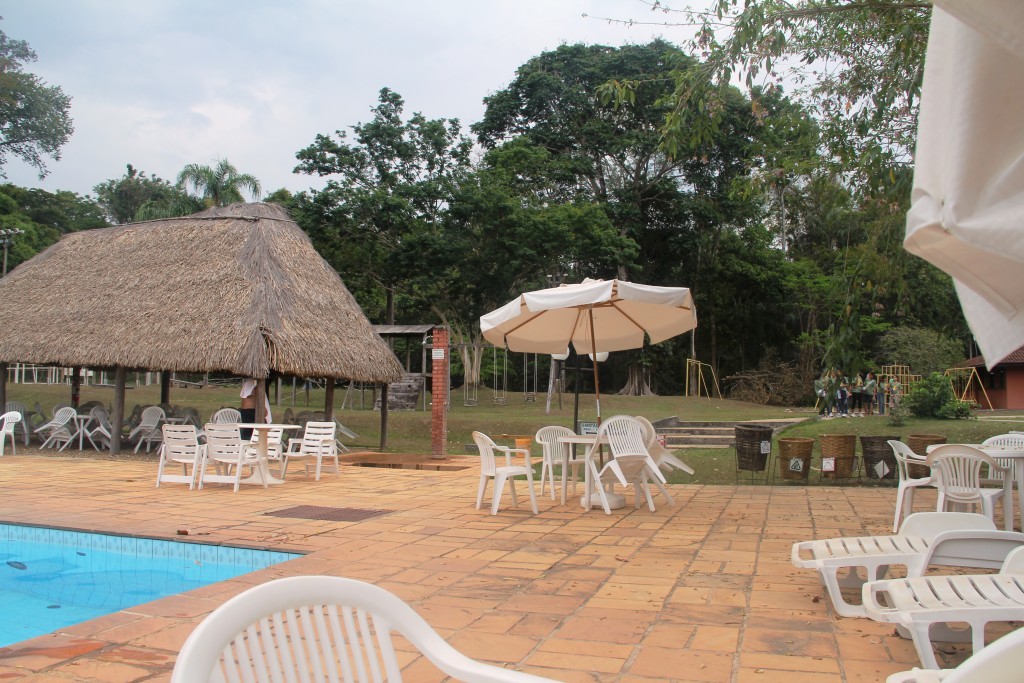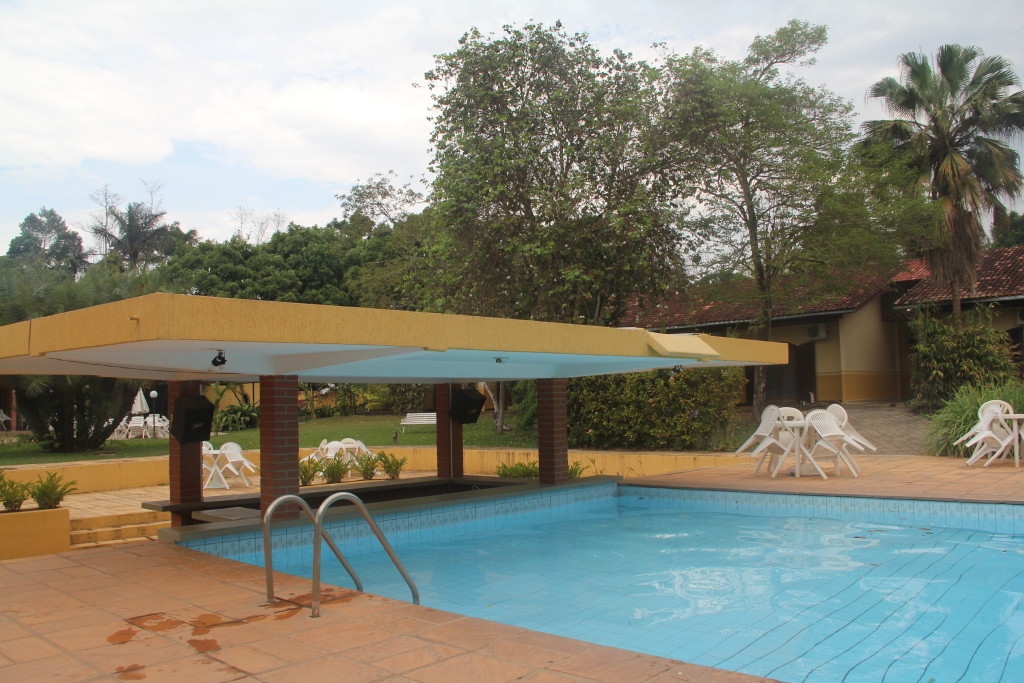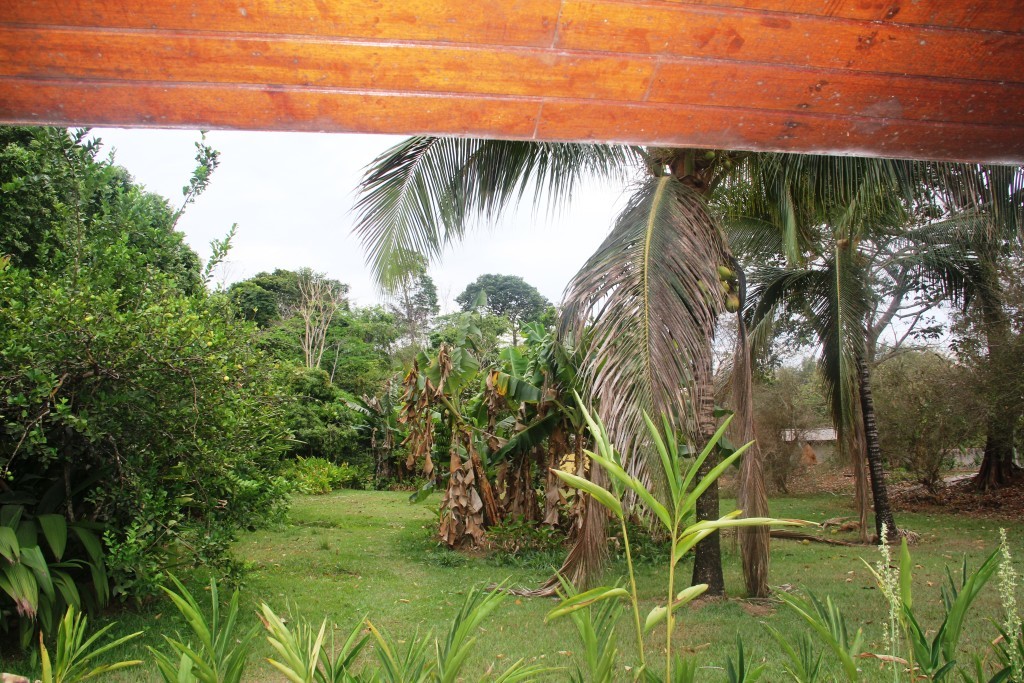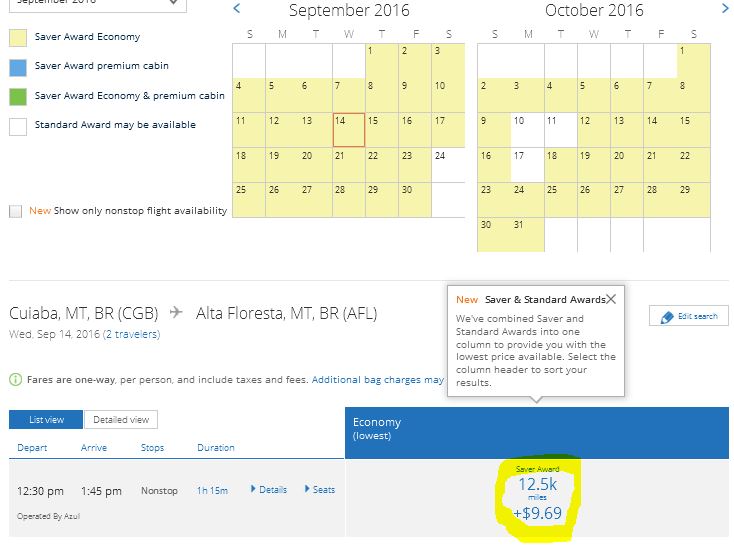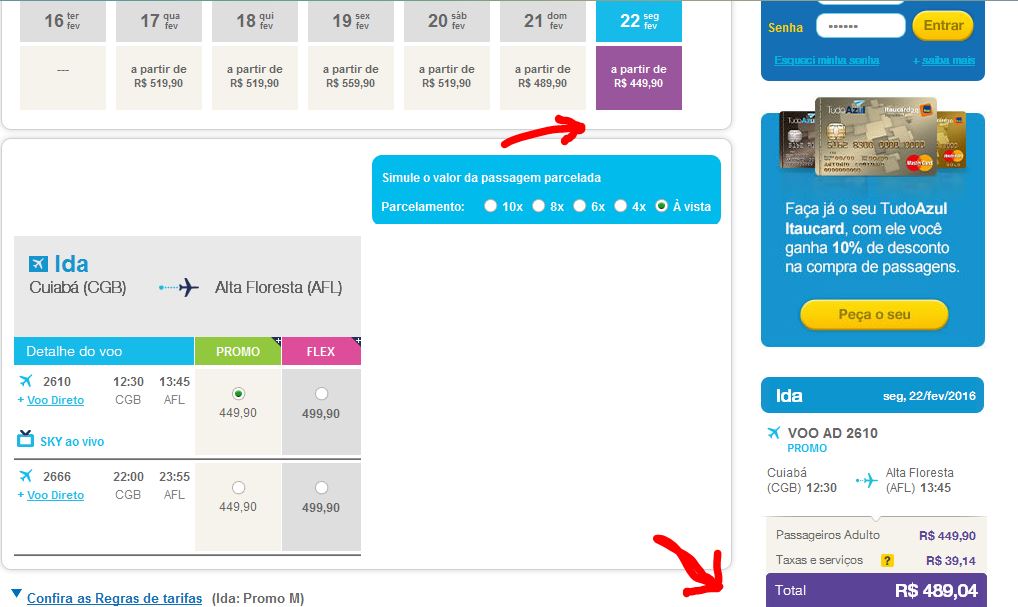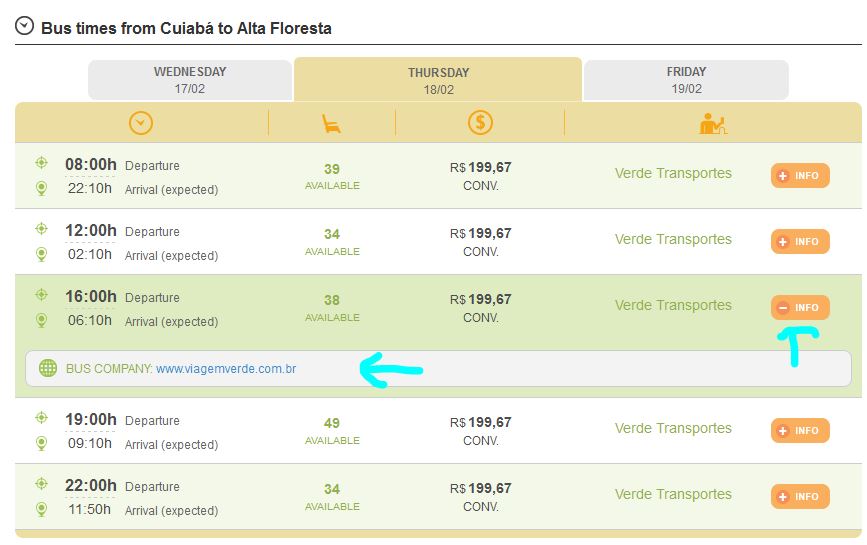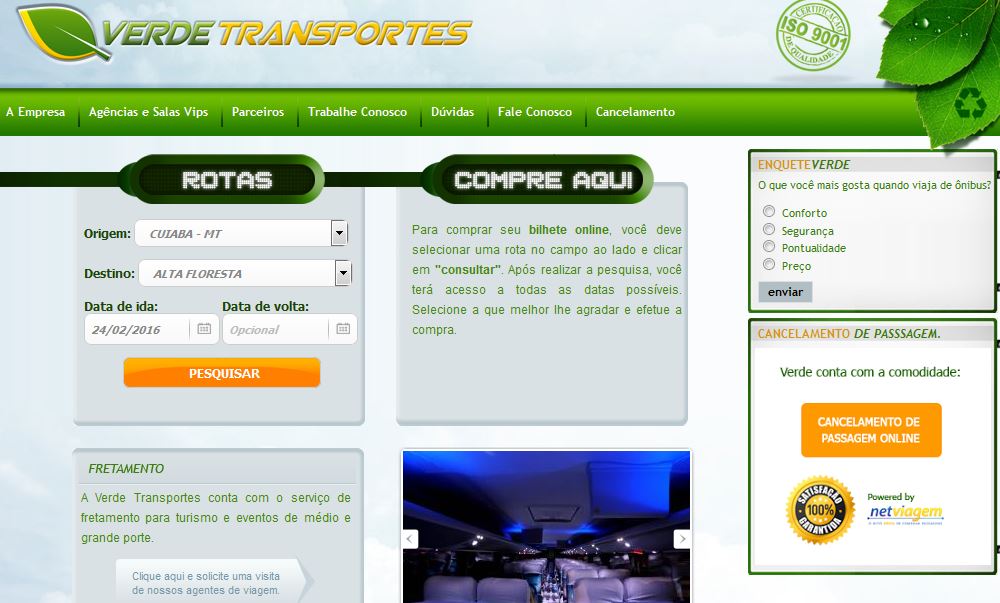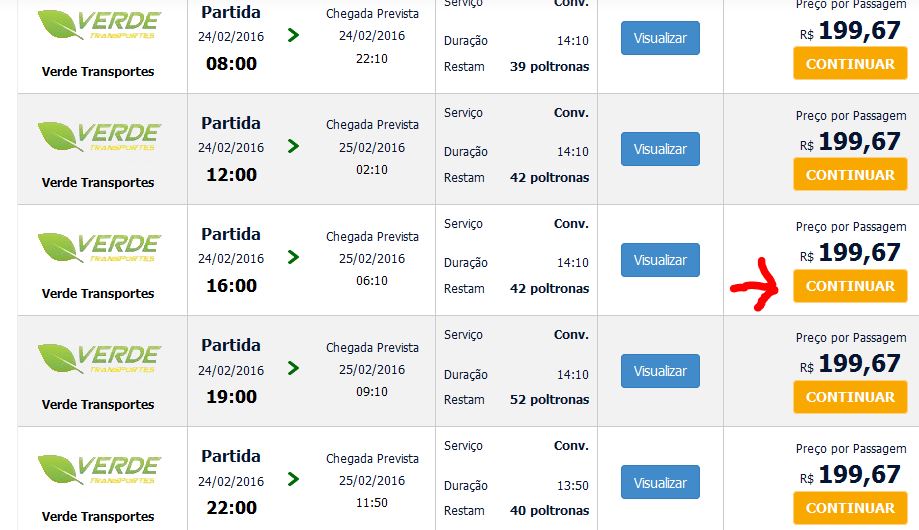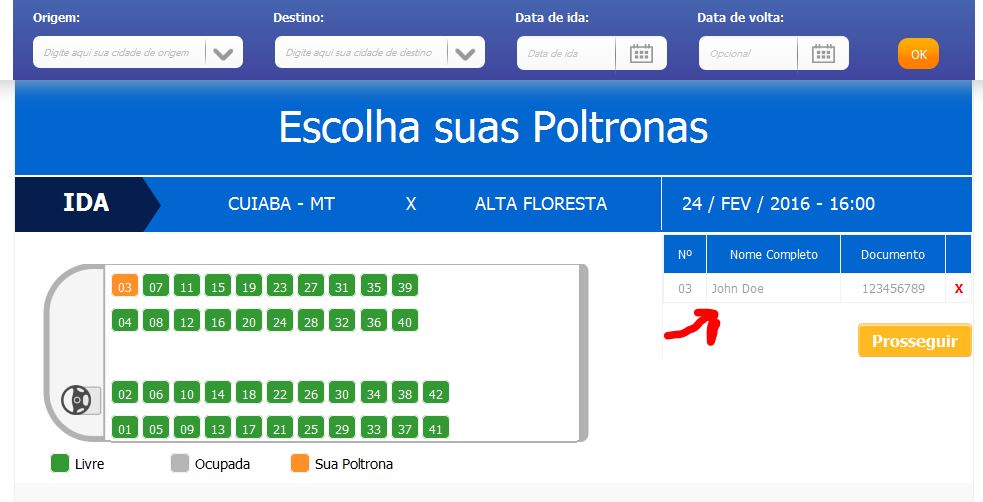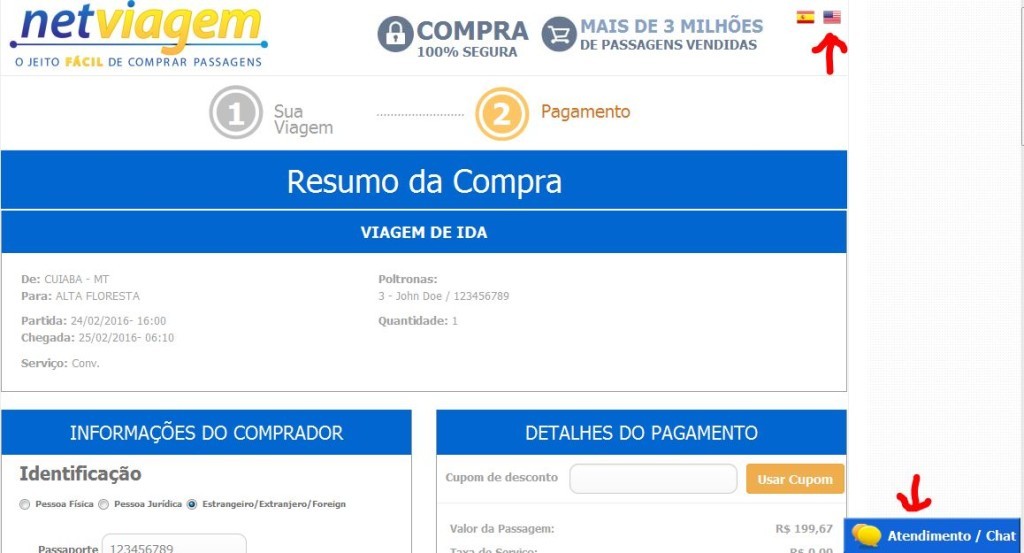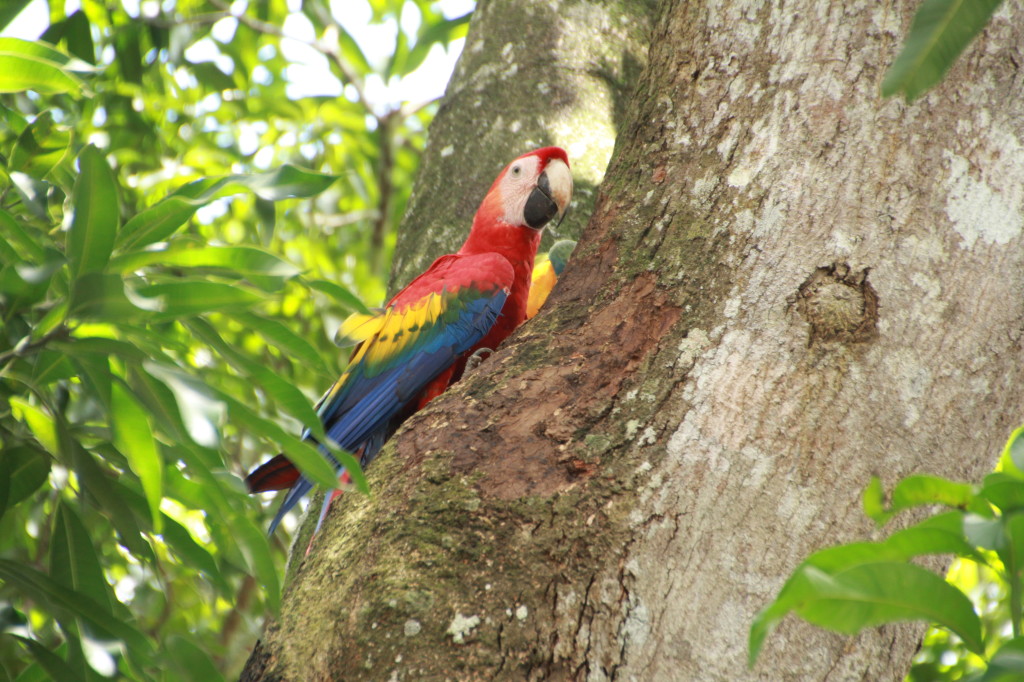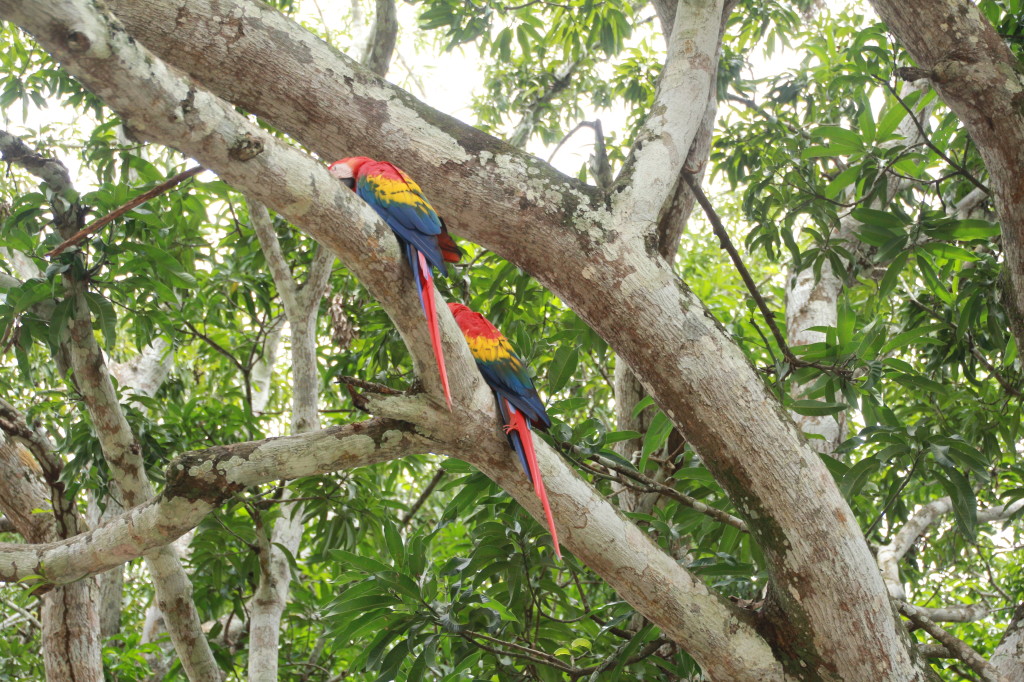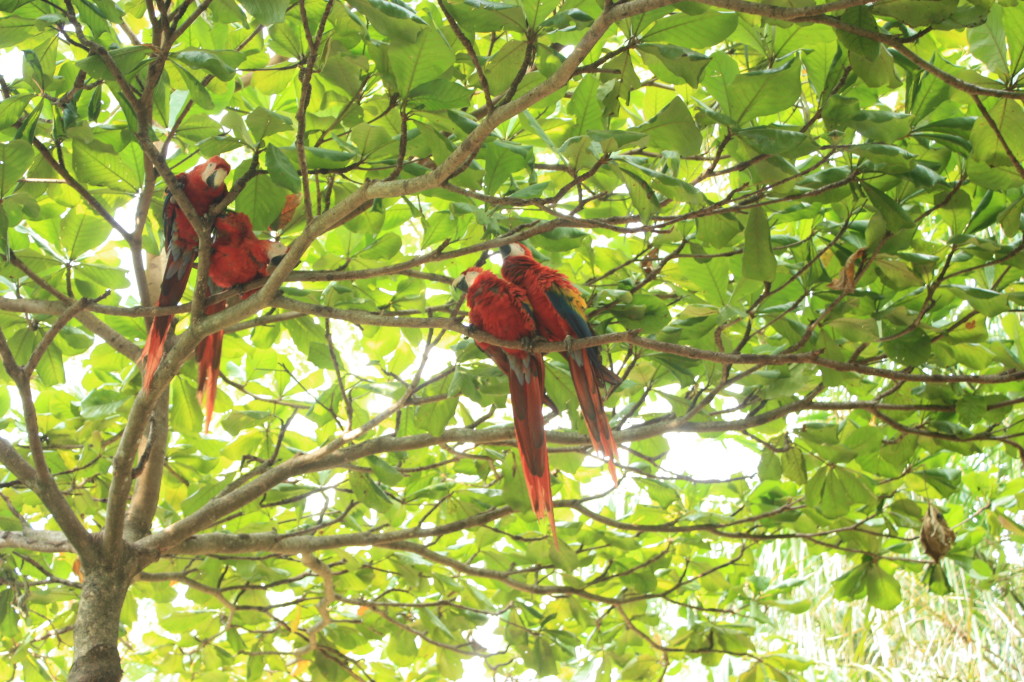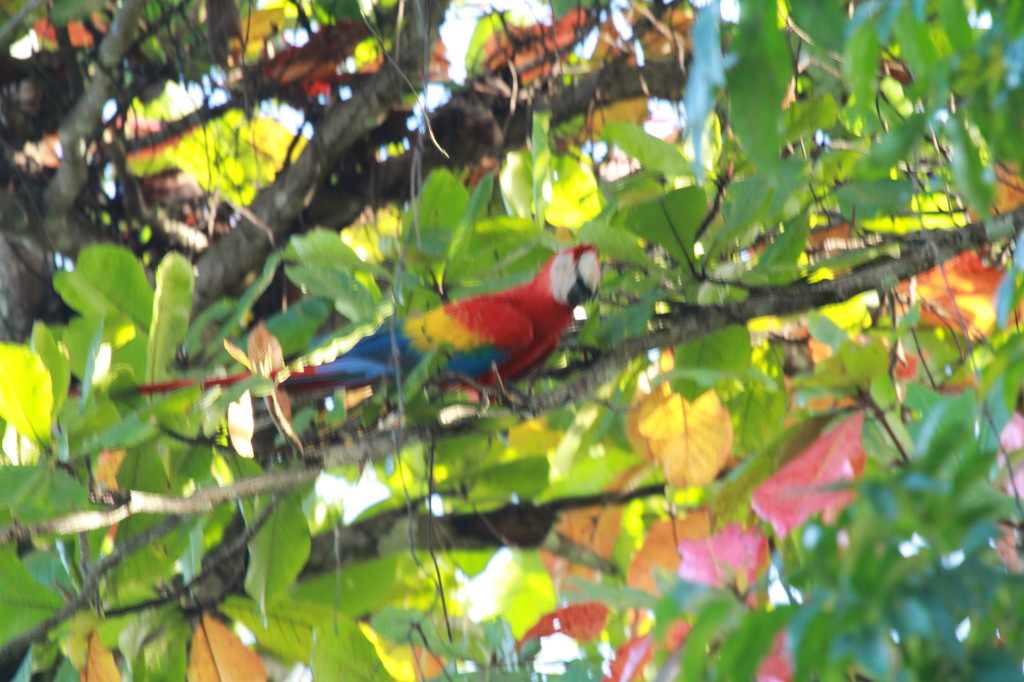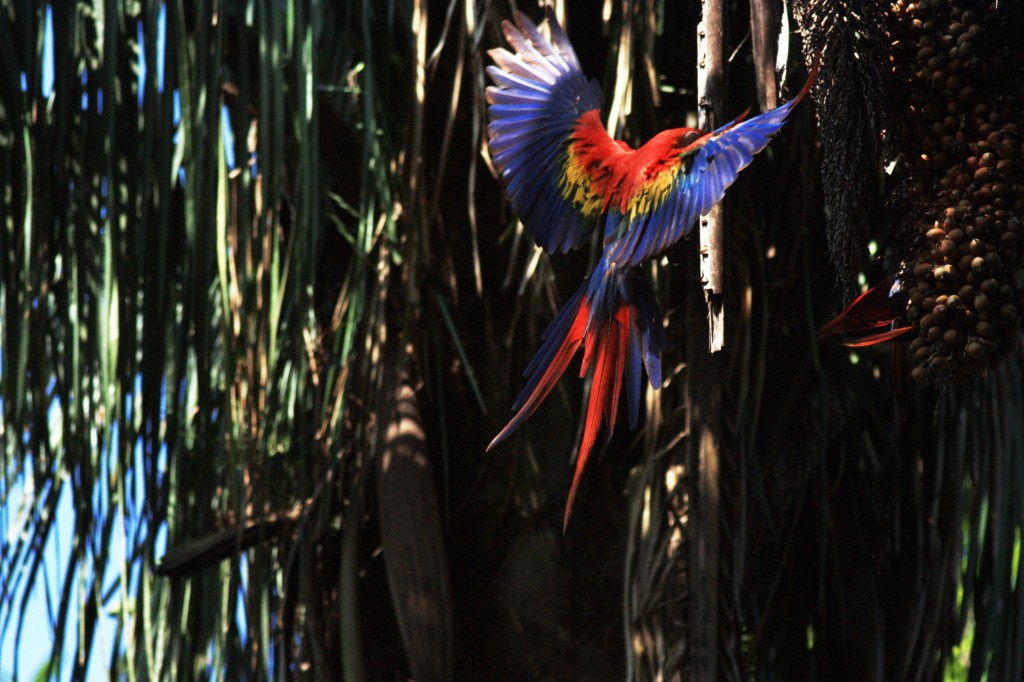Although flights on major routes can now be bought online at reasonable prices, there are times you will need to use the bus when moving from one eco-tourism hotspot to another. Let’s have a look at BR-163, the only route between Mato Grosso (Pantanal, Alta Floresta for Cristalino) and Itaituba (jumping off point for Amazonia National Park). I have highlighted in yellow these cities on the map below. The “A” shows the location of Guarantã do Norte which is the boarding point for the bus headed north to Itaituba or where you will change buses if heading in the opposite direction.

Mato Grosso to Itaituba
This route is operated by a bus company – Verde Transportes. Their website is only in Portuguese so I will walk you through how to use it to get information and possibly even book a ticket online. The online booking wasn’t open to foreigners last year when we were there so we bought all our tickets at their kiosk in the Cuiaba terminal. We took several buses: Cuiaba-Alta Floresta, Alta Floresta-Novo Sta Helena, Novo Sta Helena-Guarantã do Norte and finally the 20 hour bus trip to Itaituba. They take credit cards at the kiosk and can book all your tickets and issue them right there.
Somente Ida is “One way”.

.
You will be redirected to Net Viagem. You can see there is only one bus on the date I asked for that leaves at 20:00 (8pm) and it costs Brazilian Reis R$ 143.90 which is about $70 USD. Tick the radio button below “selecione” and hit “comprar”.

Net Viagem
You will see which seats are available. If they are accepting foreign credit cards, at this point choose a seat and hit “comprar”.

.
You won’t have an account so click the radio button with the red arrow, put your real email and make up a number for the CEP. Then hit “Prosseguir”.

.
It won’t like your fake CEP and you will see this screen. Hit “Fechar” to get rid of it.

.
Hit the “Foreign” radio button and you will get rid of the Brazilian fields and have more international fields to fill in. I made up some info for the screenshot, you would be putting in real info.

.
You will have 2 blue buttons to hit on the following screens and then you get a purchase screen.

.
Hit “sim” on this screen.

This is the final screen. Theoretically you should be able to pay with a Visa or Mastercard. I would suggest calling your bank to warn them to expect an online transaction from Brazil so they don’t think it’s fraud.

.
Hopefully you will have an e-ticket to print out and bring on the bus. Otherwise you will have to do as I did and buy the ticket there. I think you will have to do each leg of a multi-segment trip individually. Make sure there is availability on each leg before buying anything.
Here are some photos of our 3 leg journey from Alta Floresta to Itaituba. These are not the deluxe executive buses you see on the bigger routes but they are OK. At the time of our trip, the road wasn’t paved after Novo Progresso but this may change by the time you do your trip. The bus doesn’t have a toilet but will stop every few hours at a road side cafe where you can get food and use the facilities. None of the buses we took were full so we were able to grab a set of 2 seats each and spread out a bit. We managed to get a bit of sleep and arrived in Itaituba around 4pm. Actually the bus will drop you at the river (Miritaituba) and you take a ferry across which is free.
